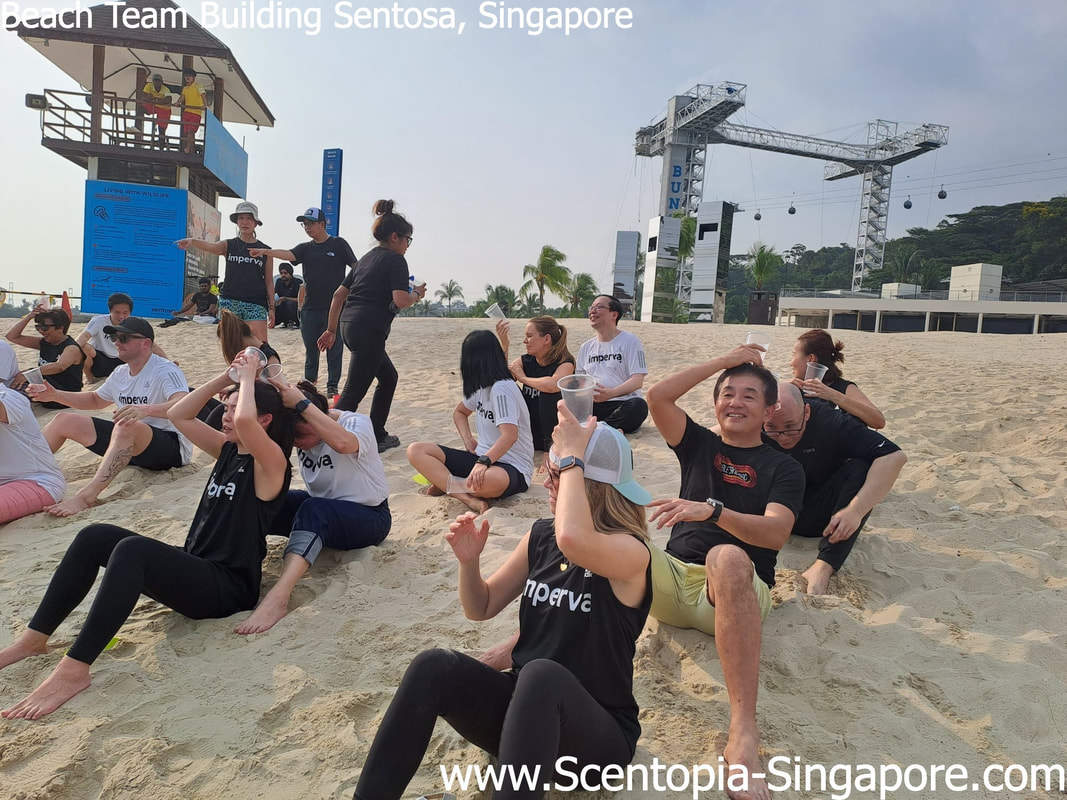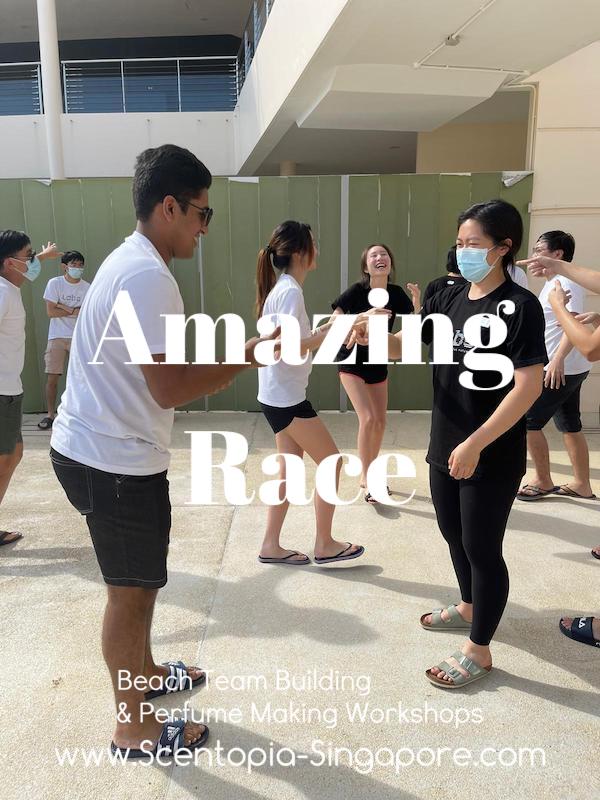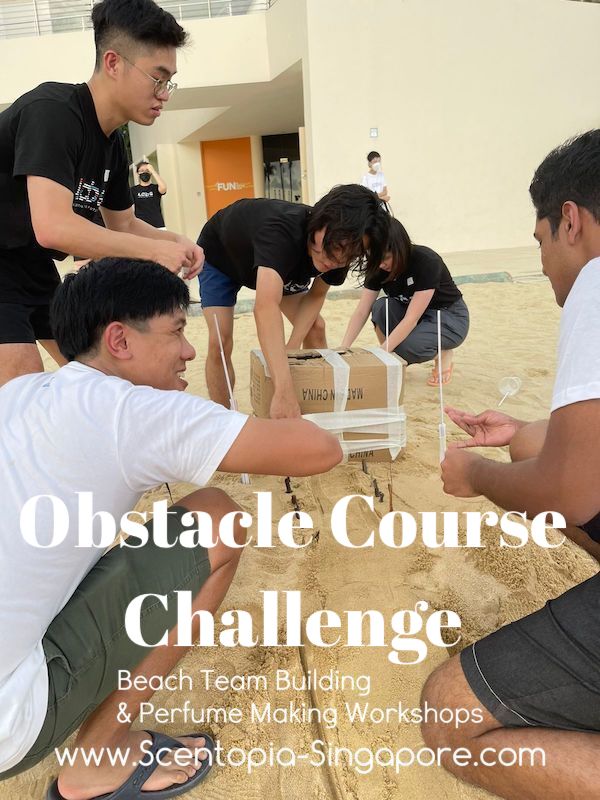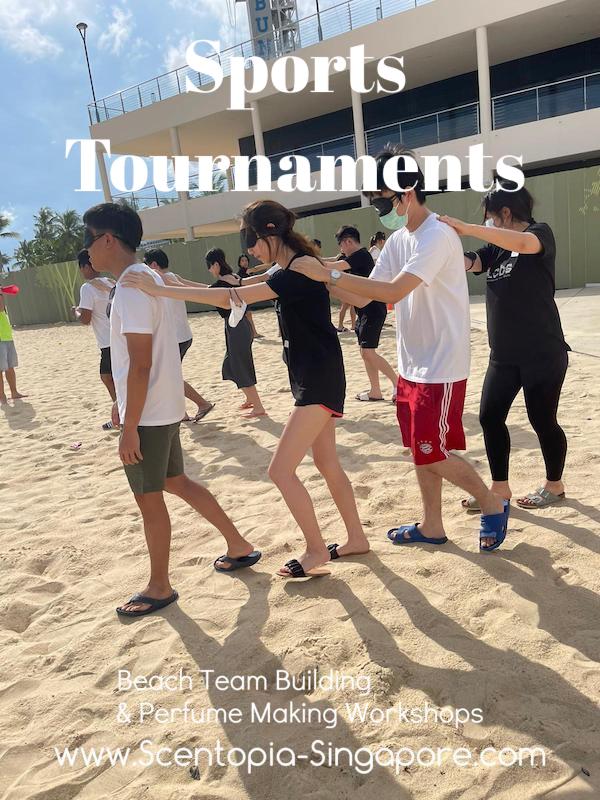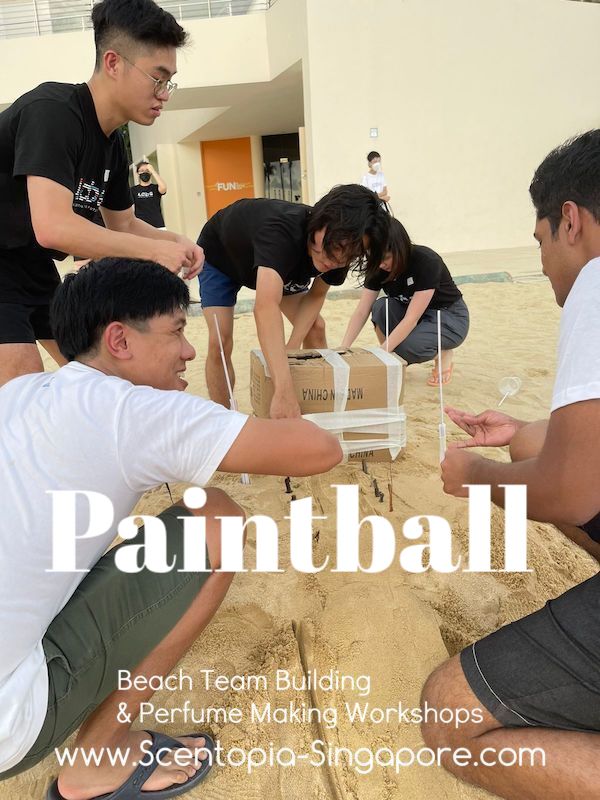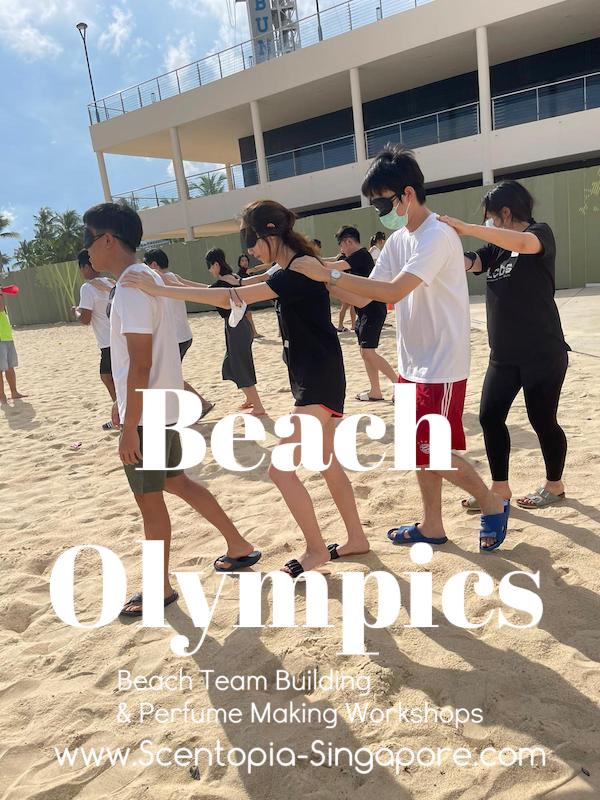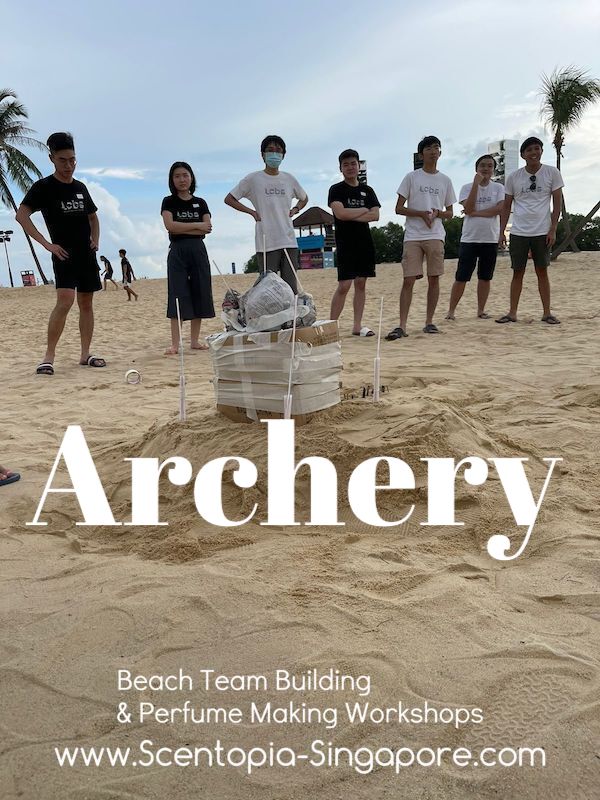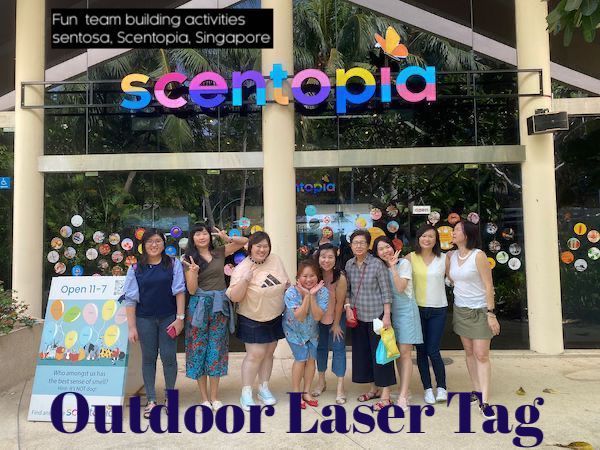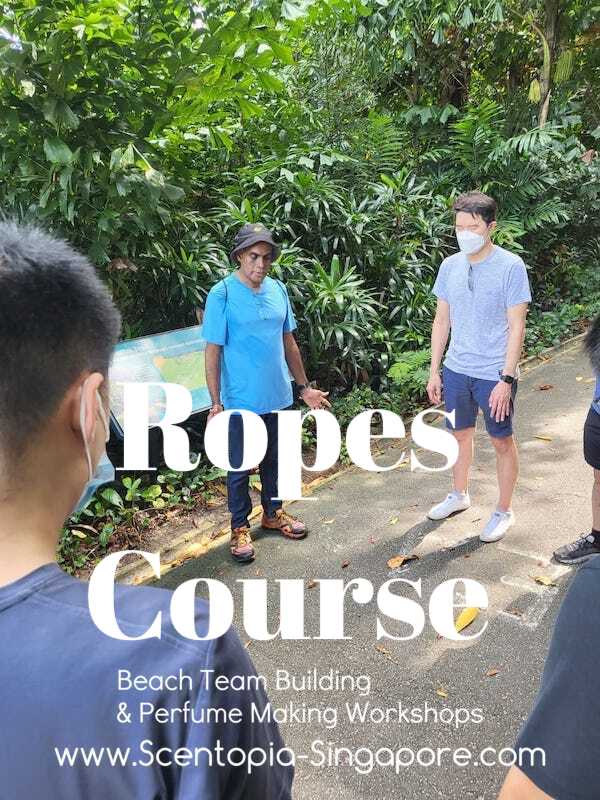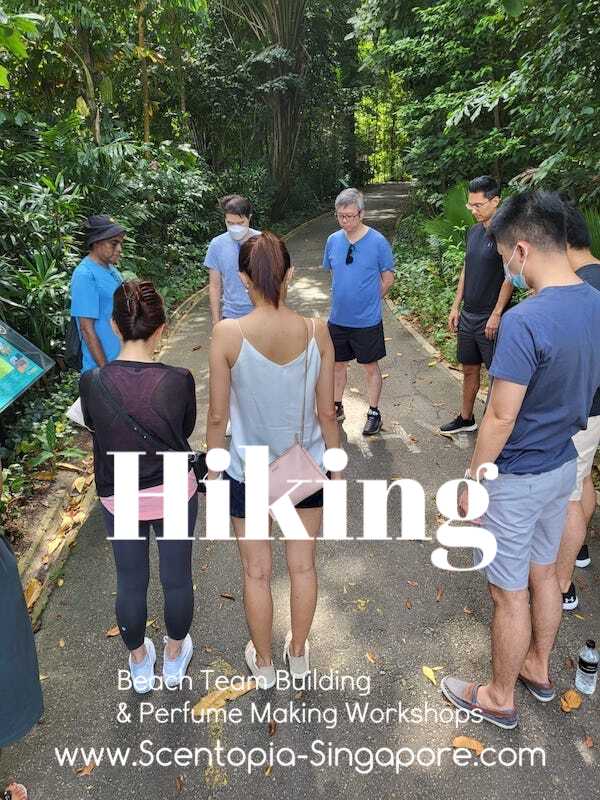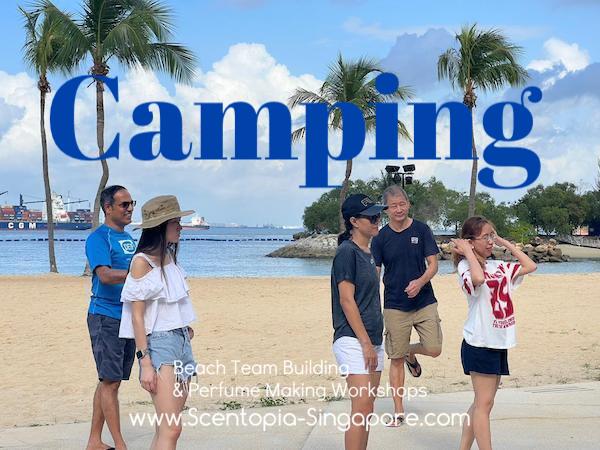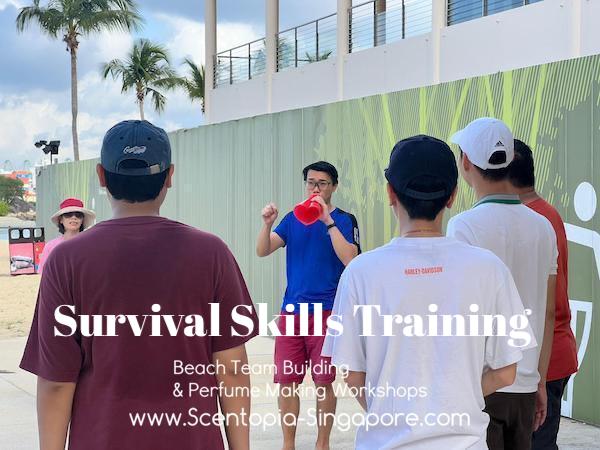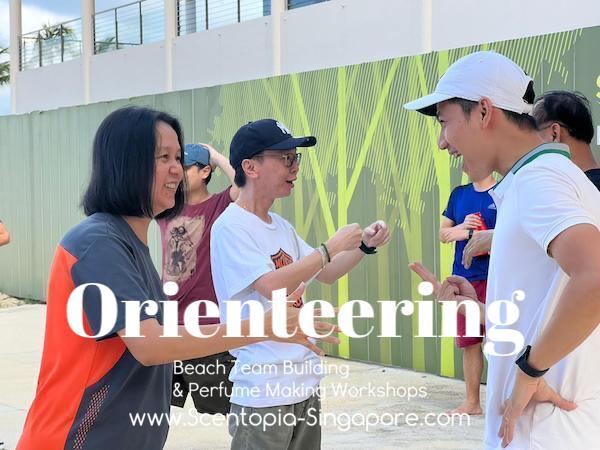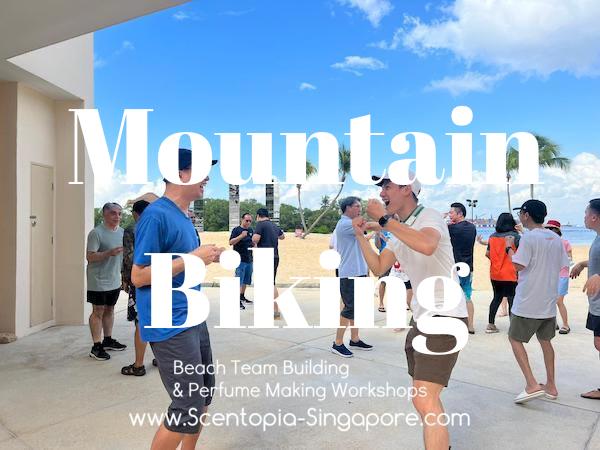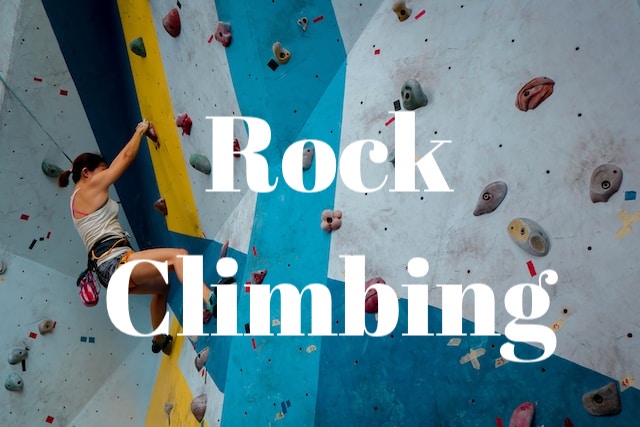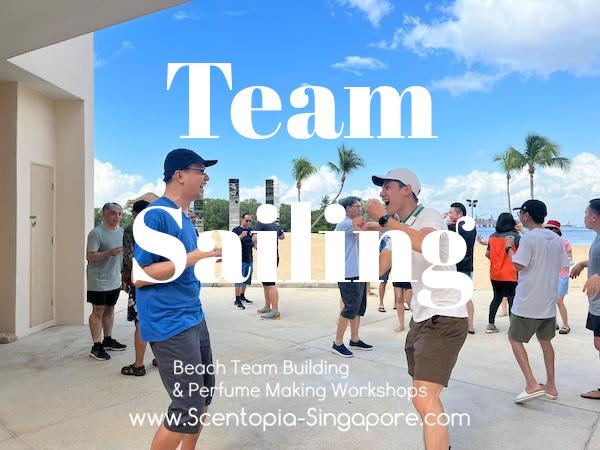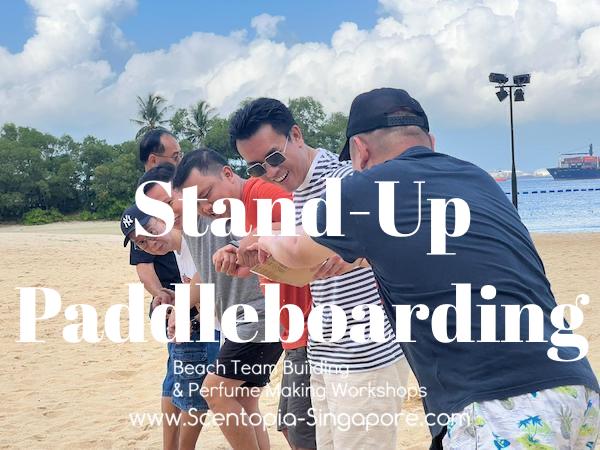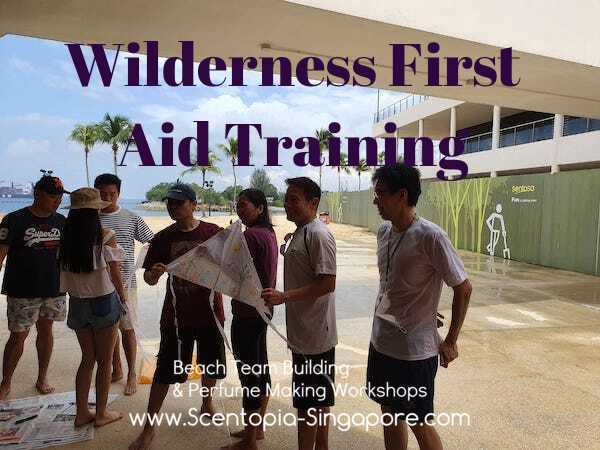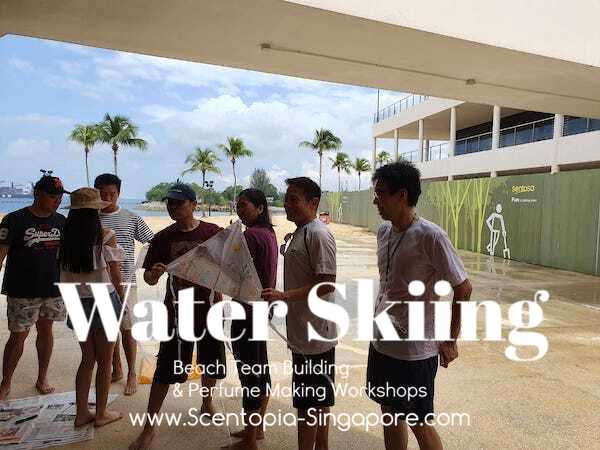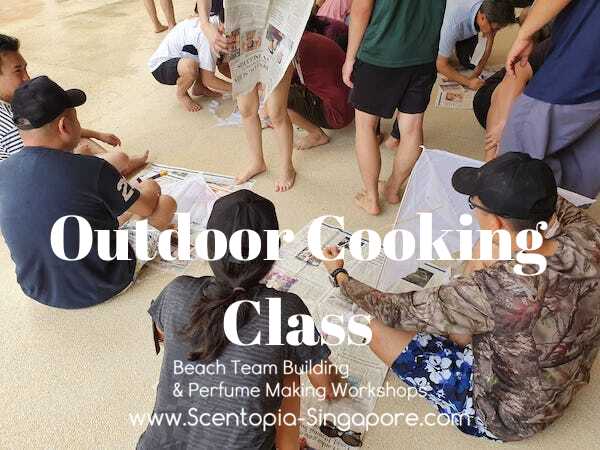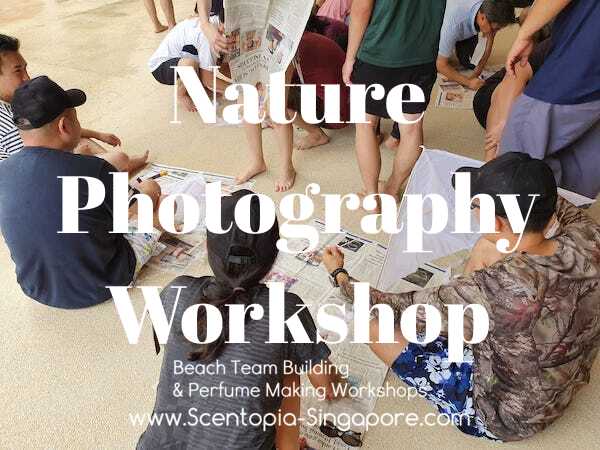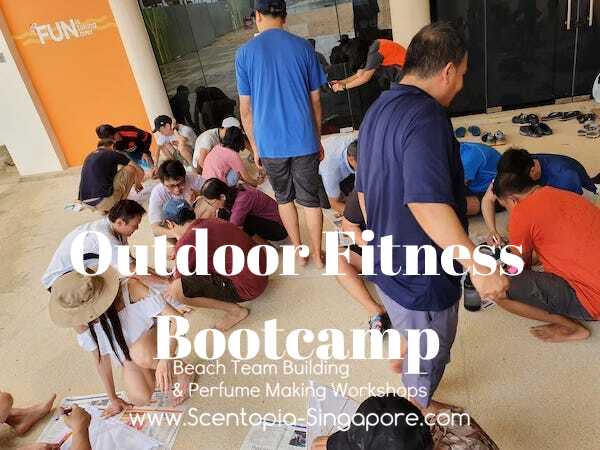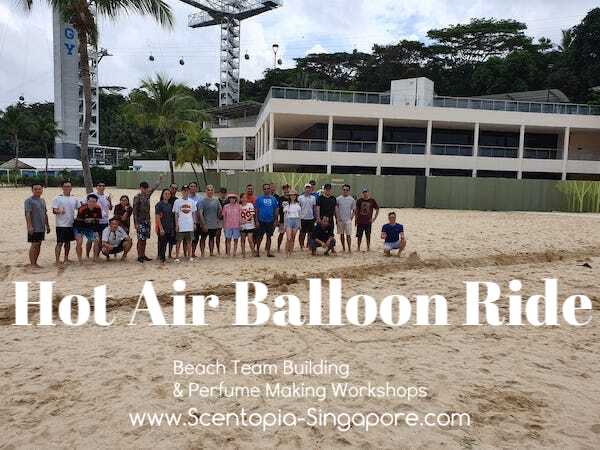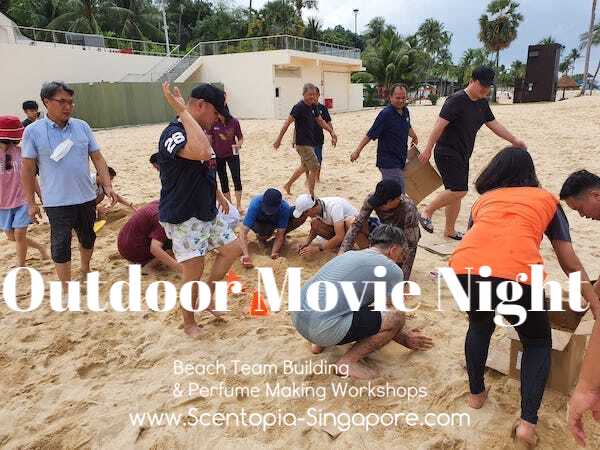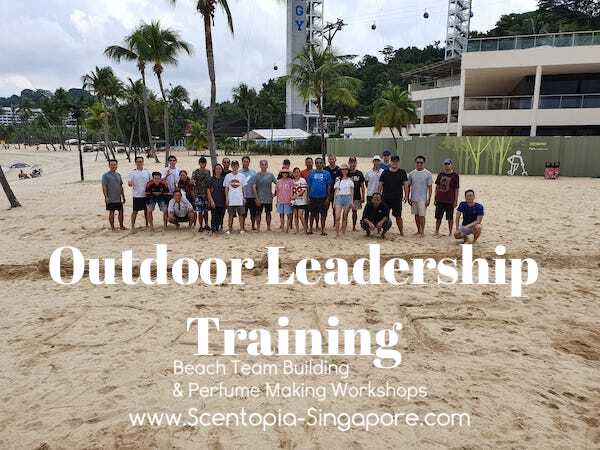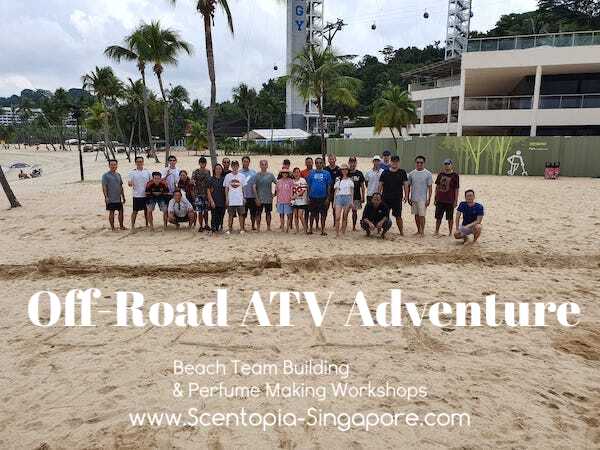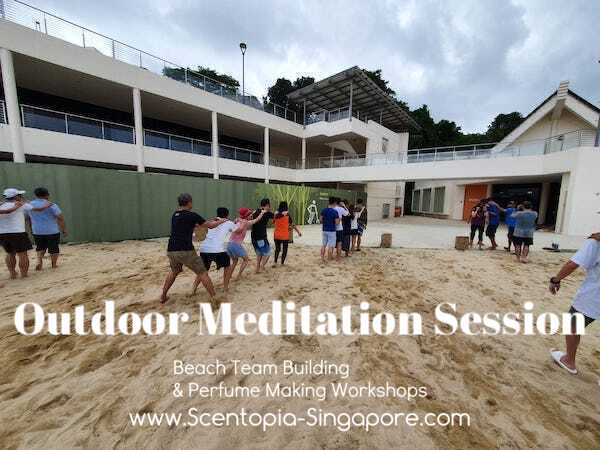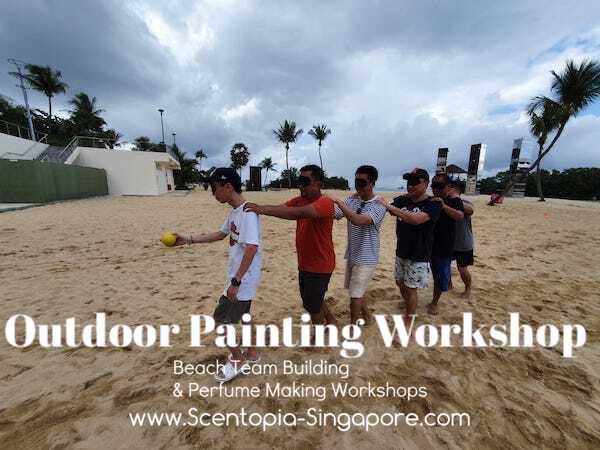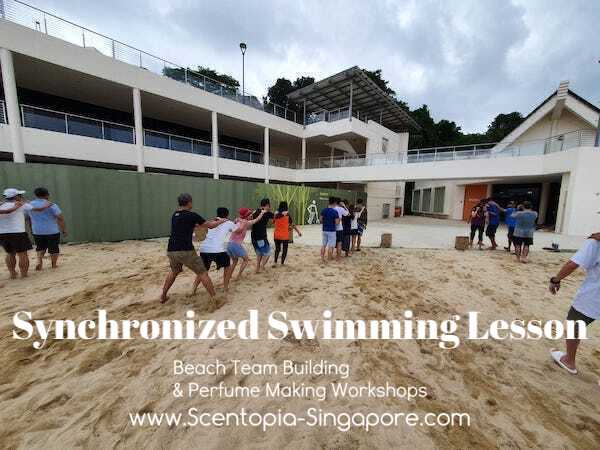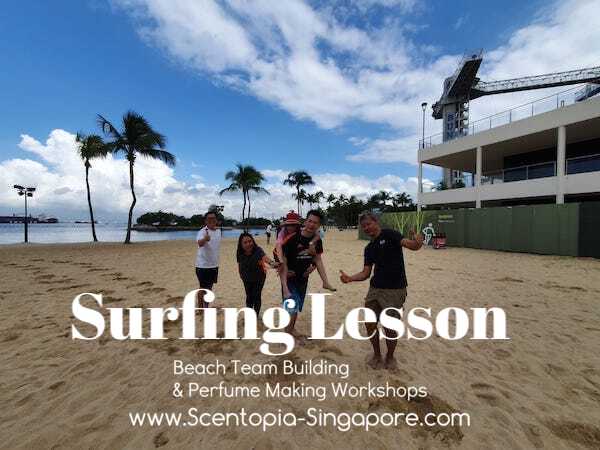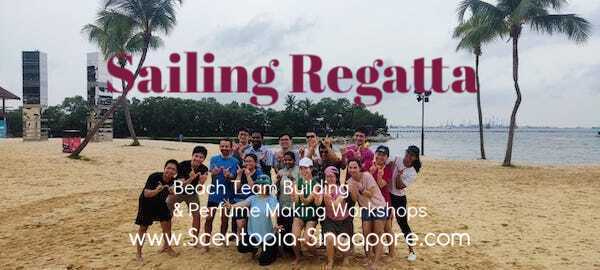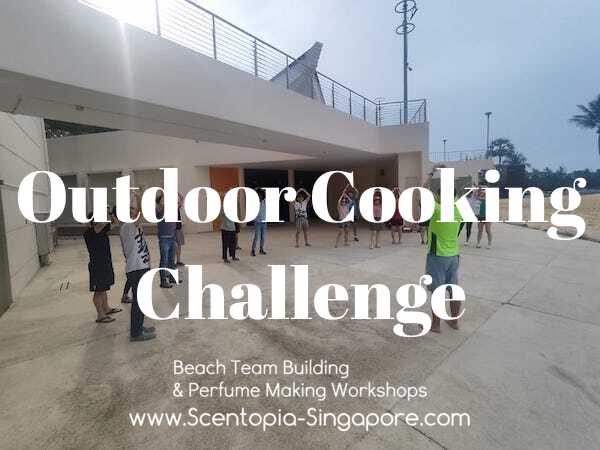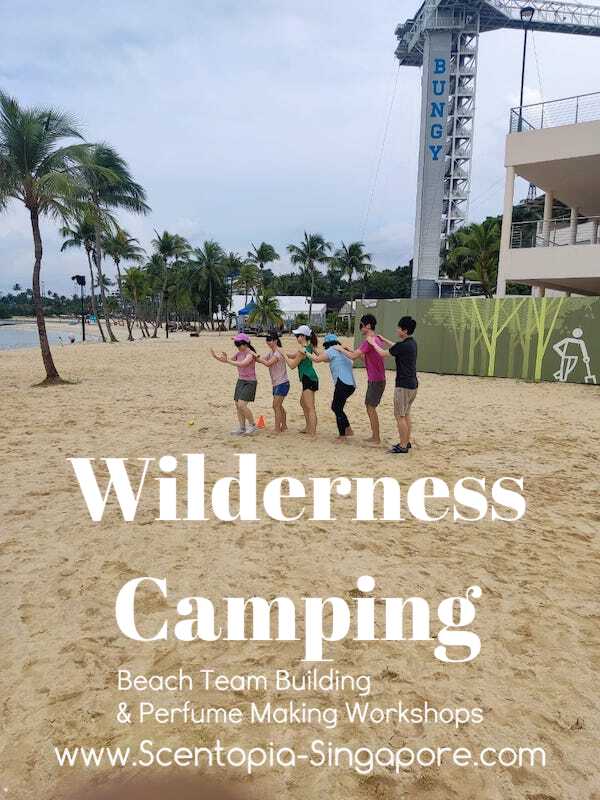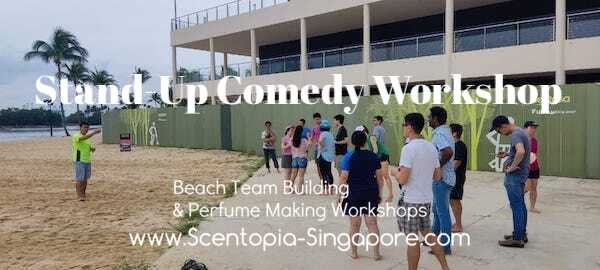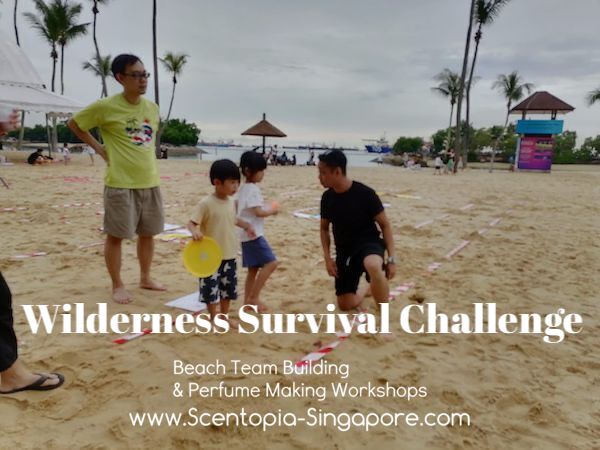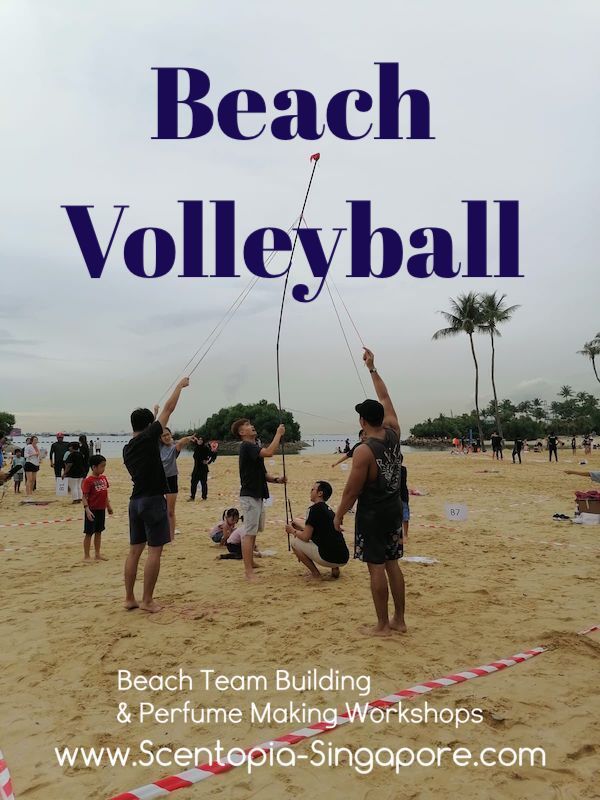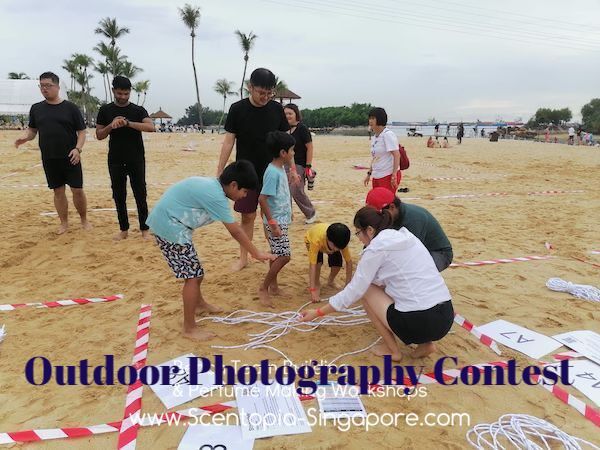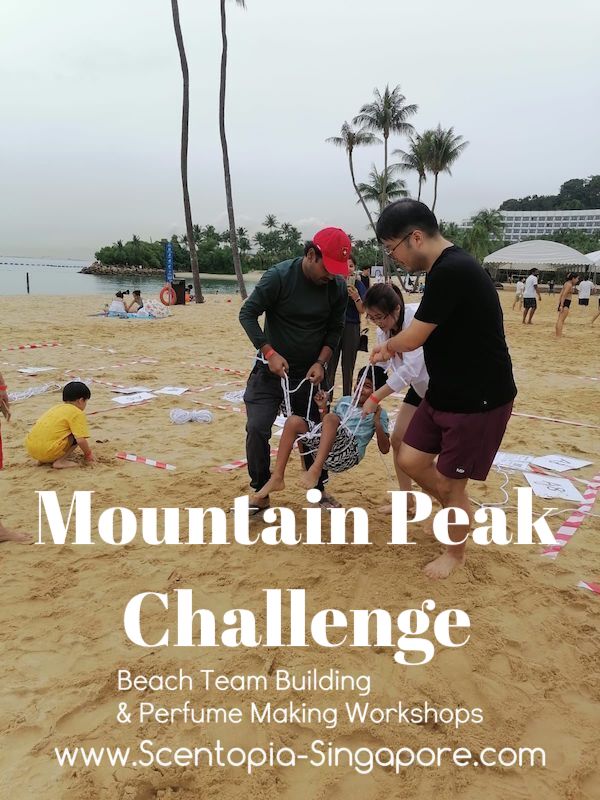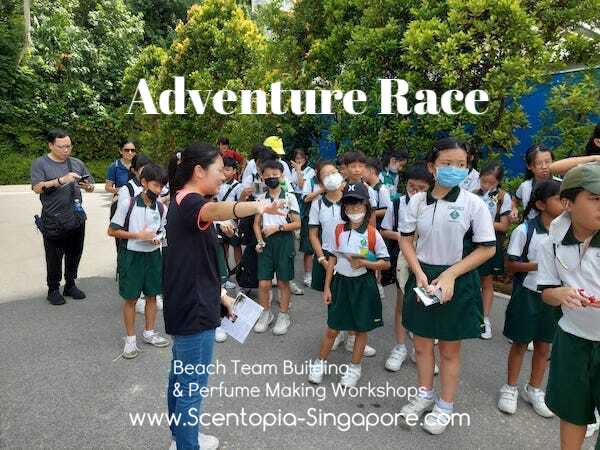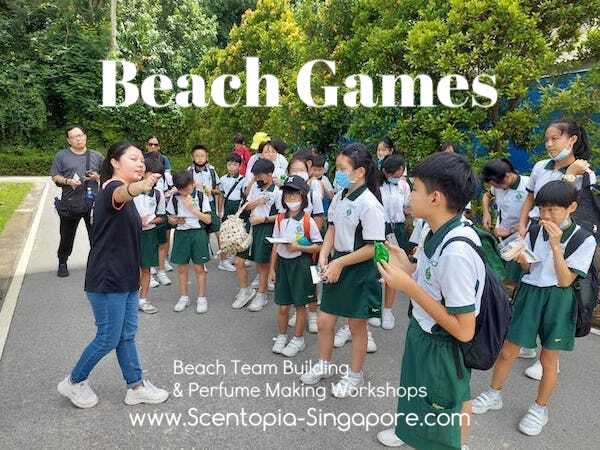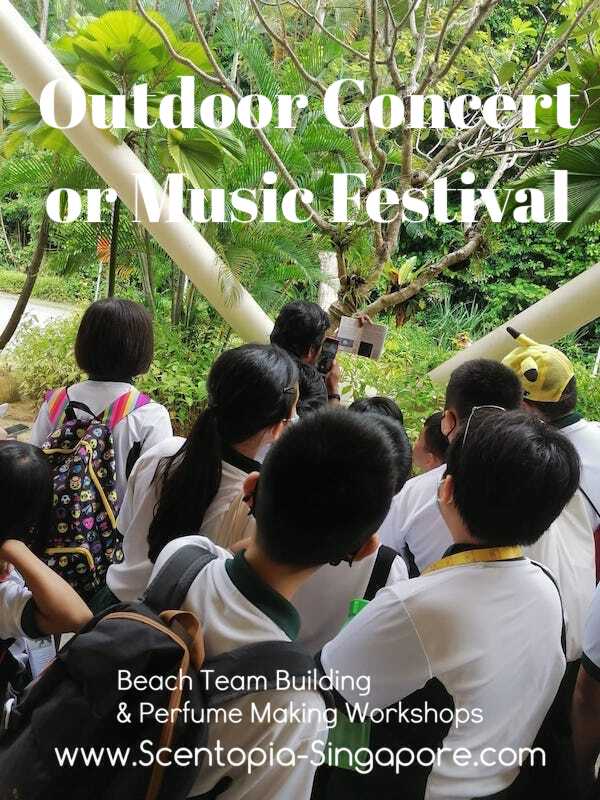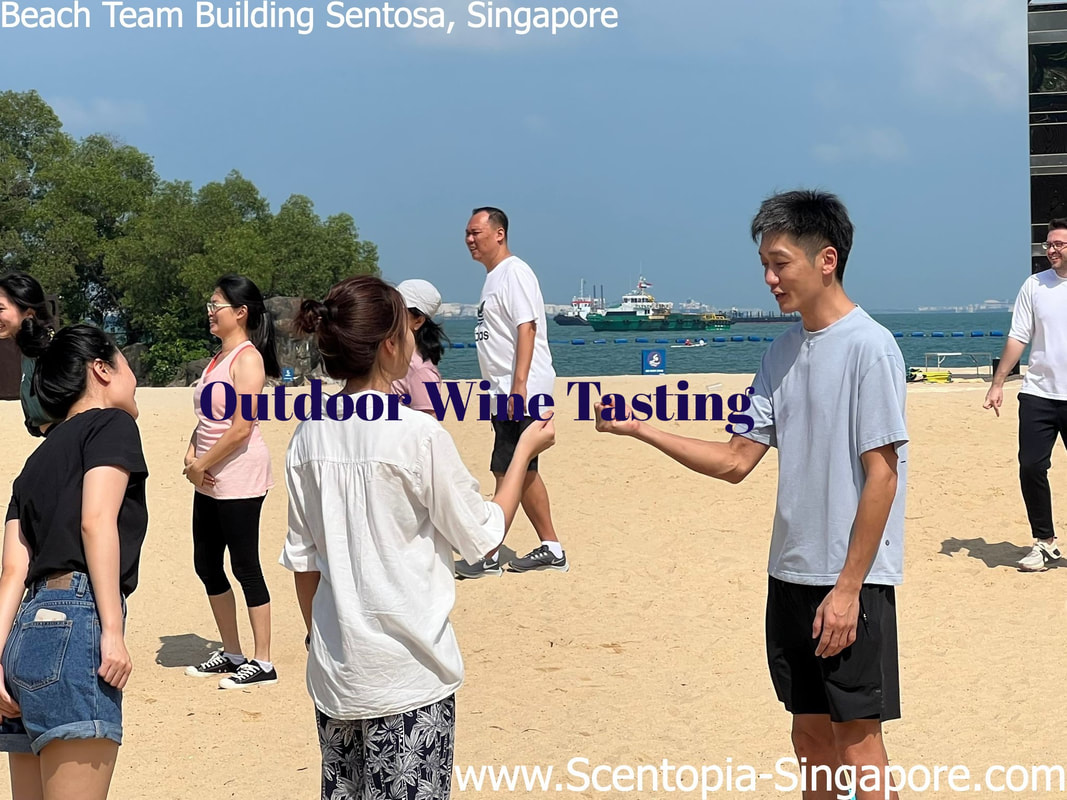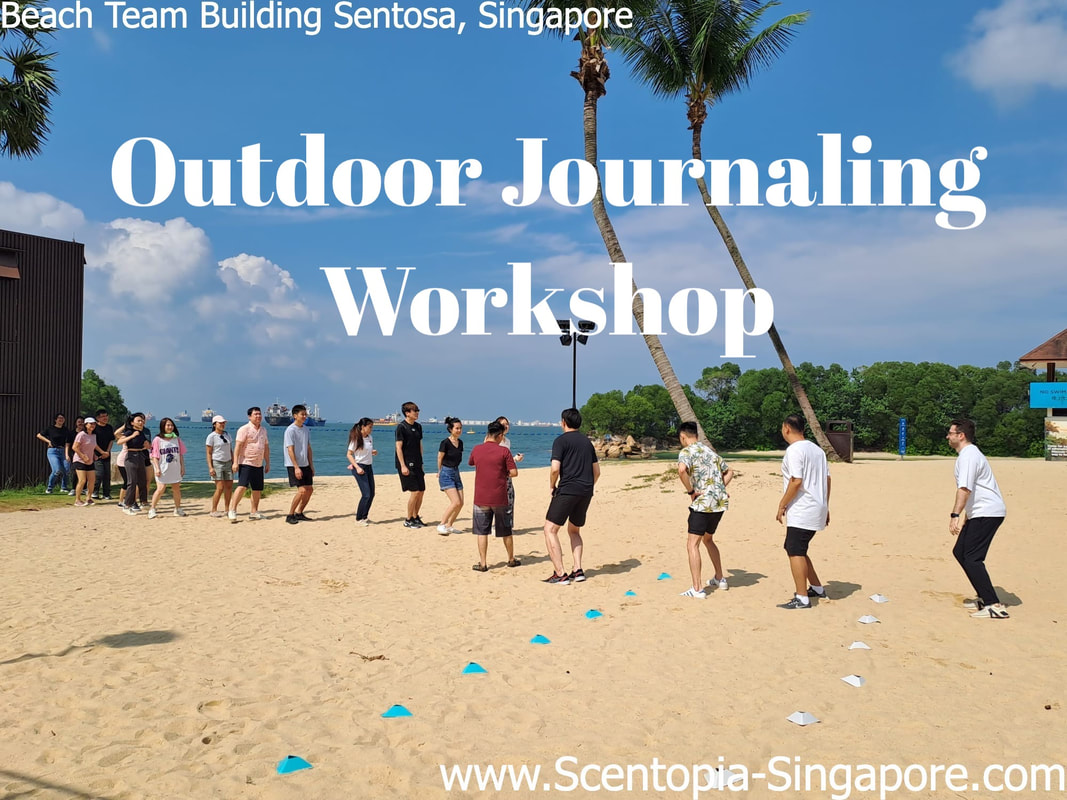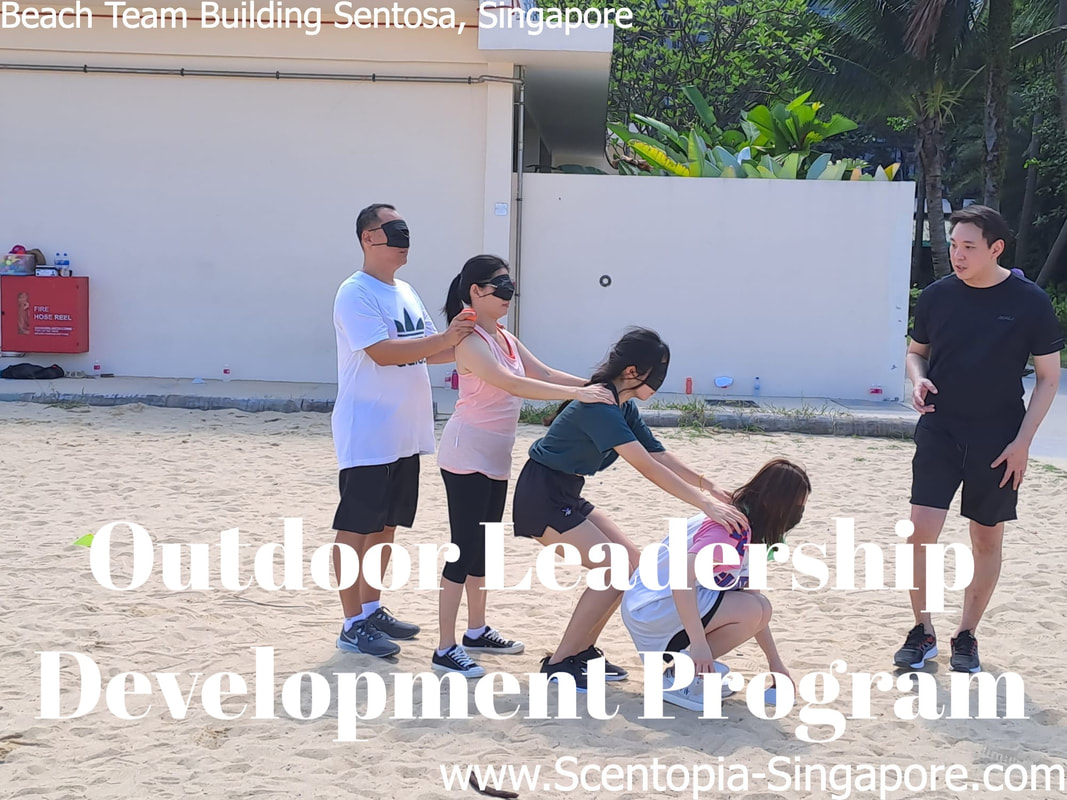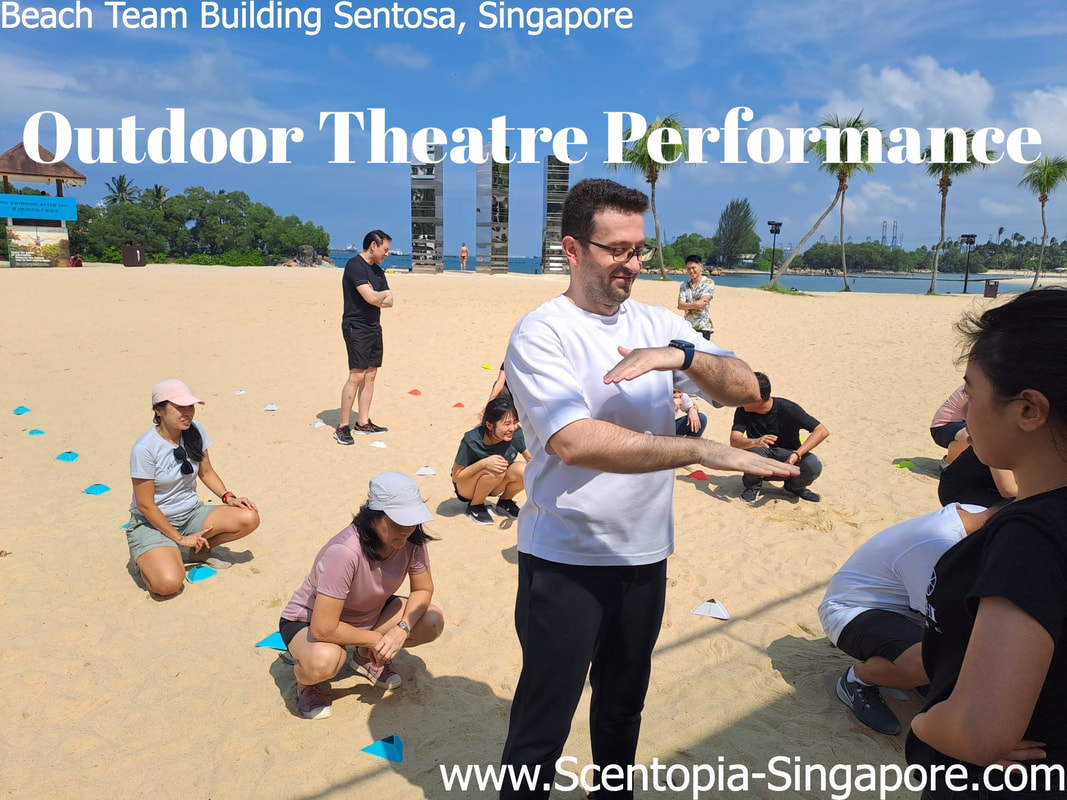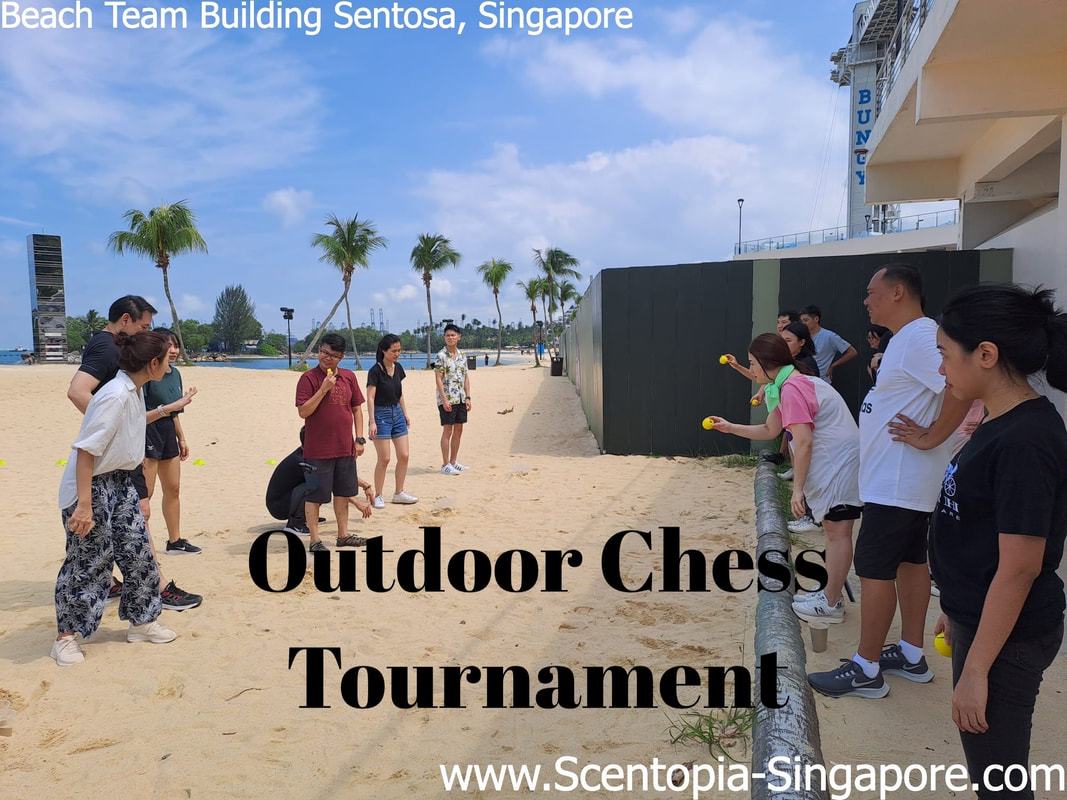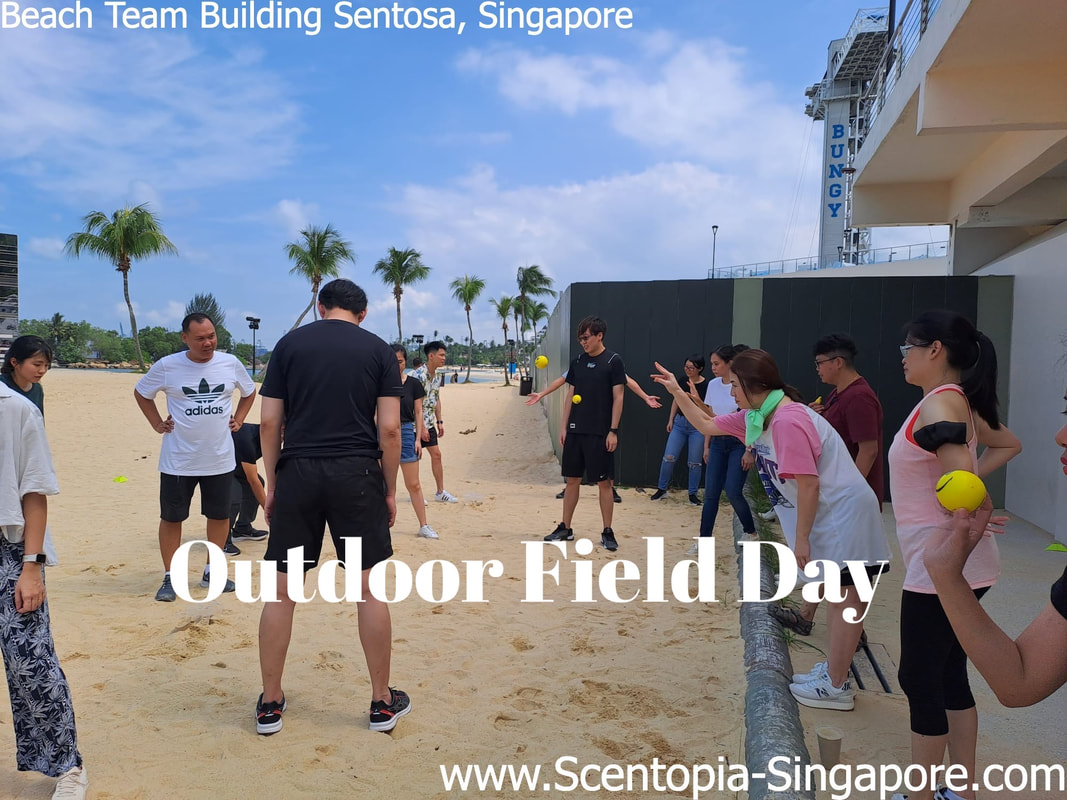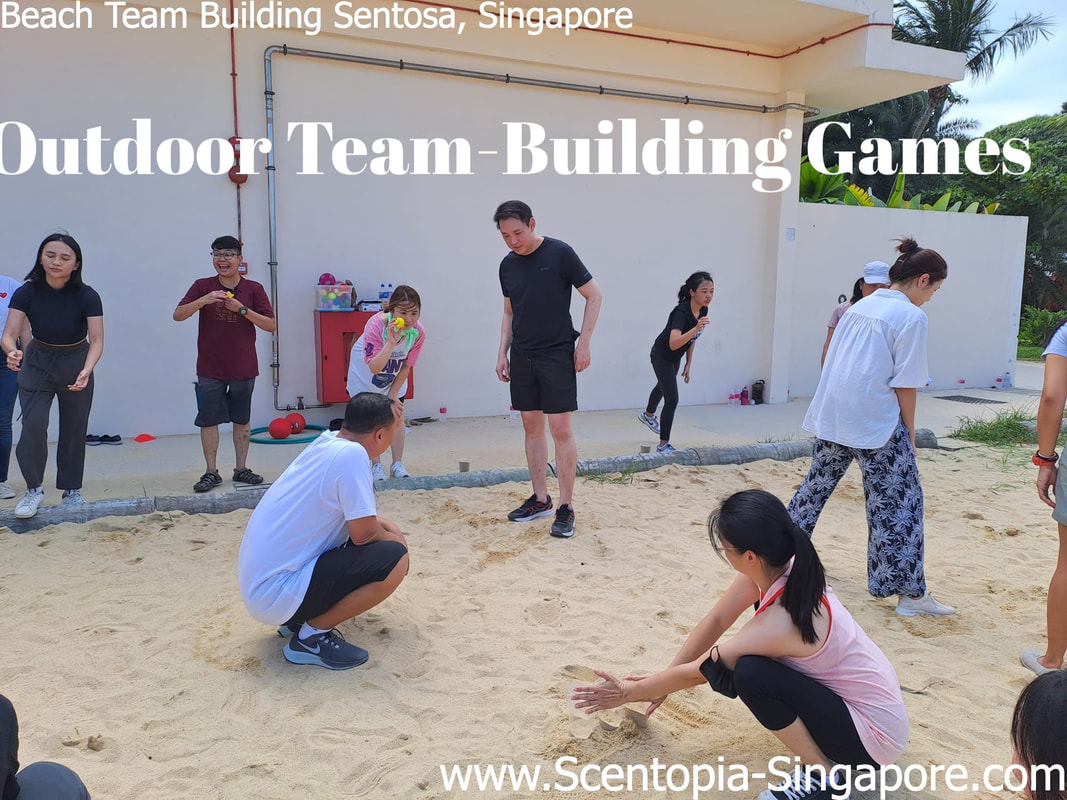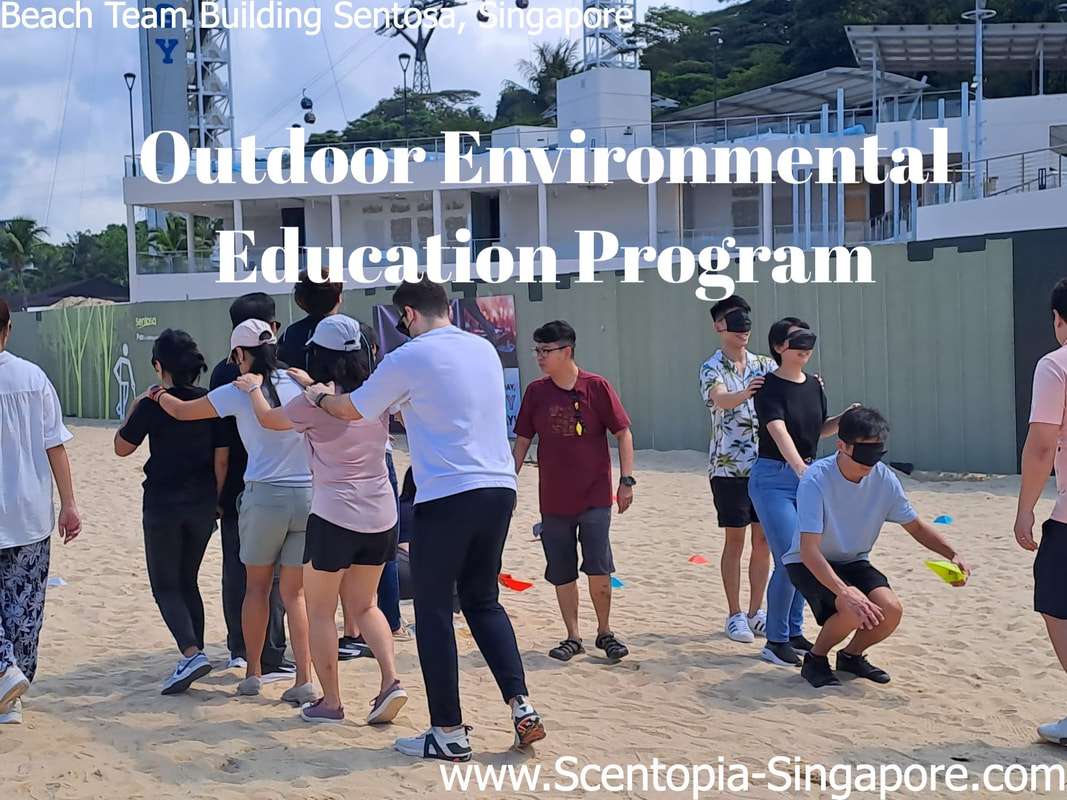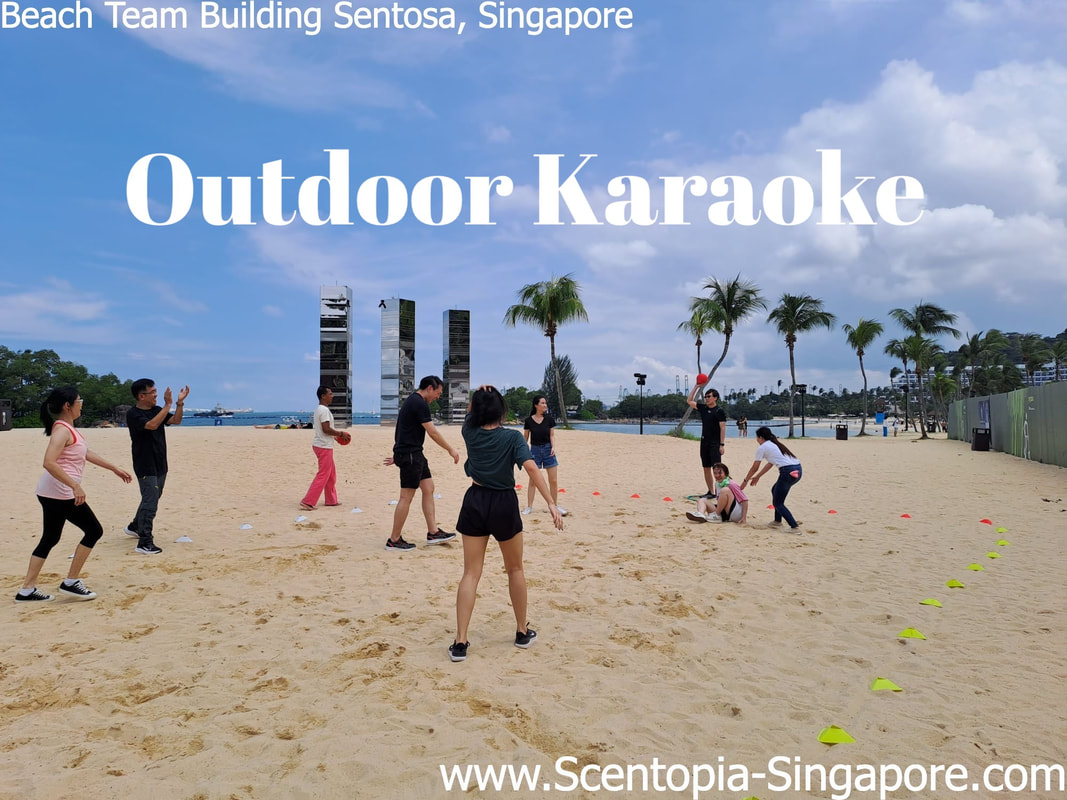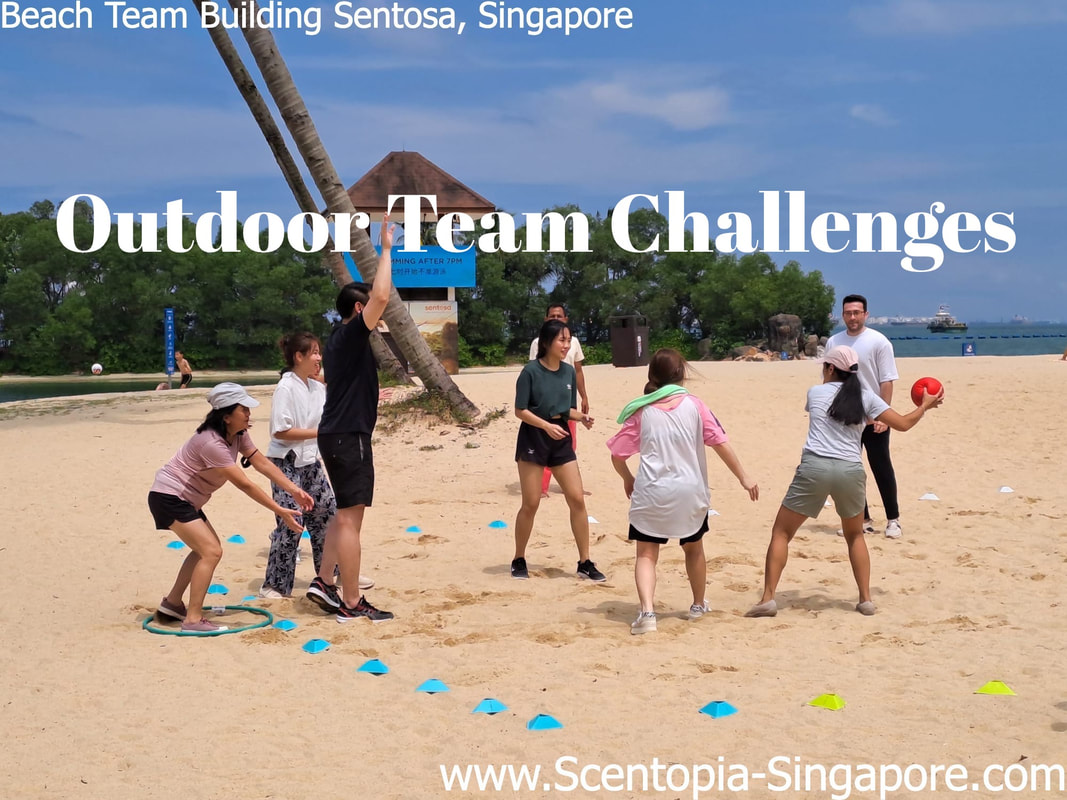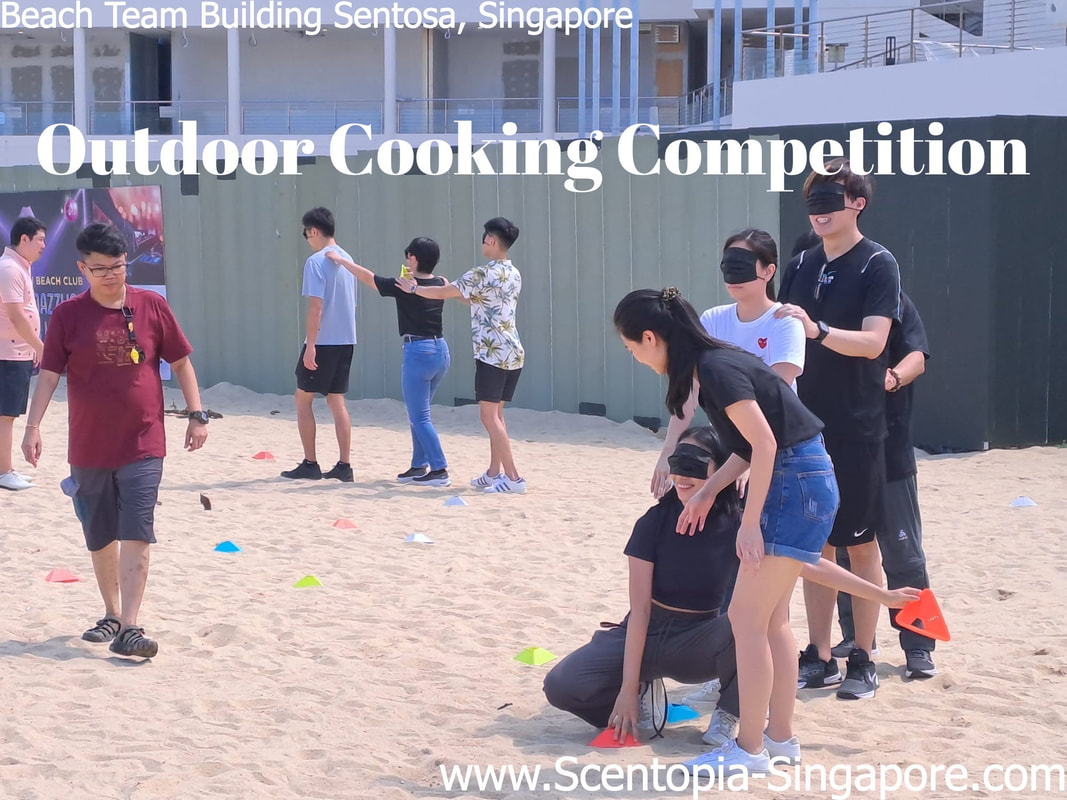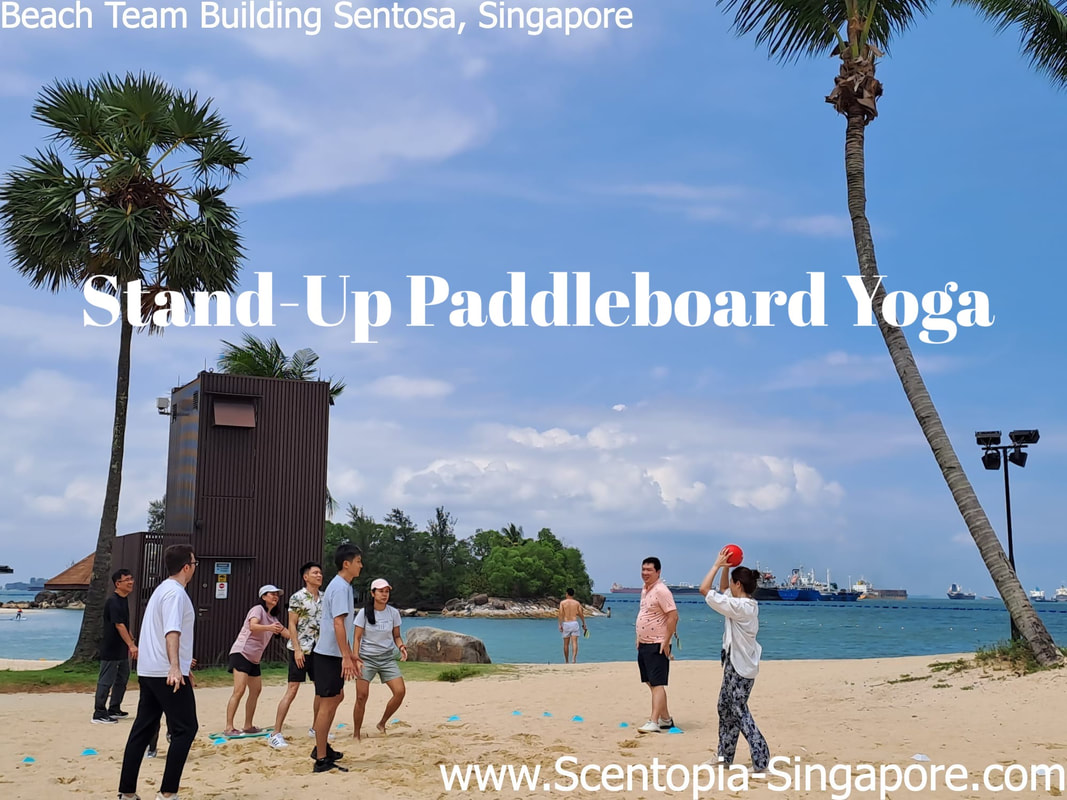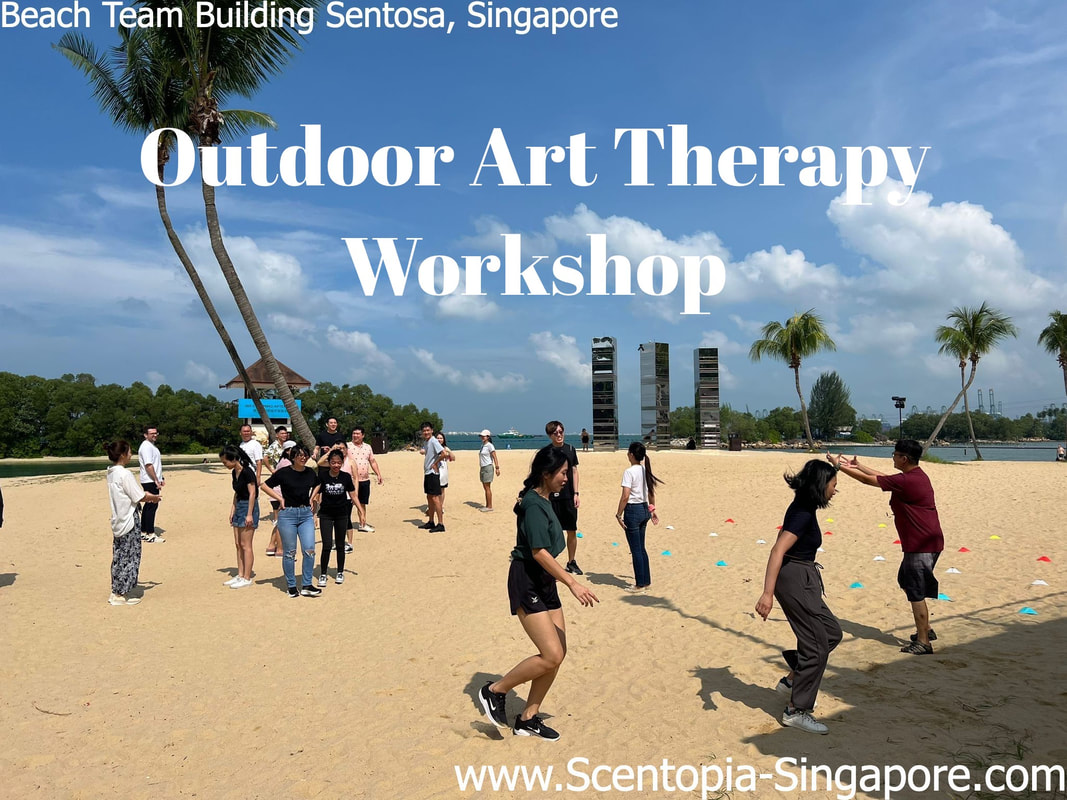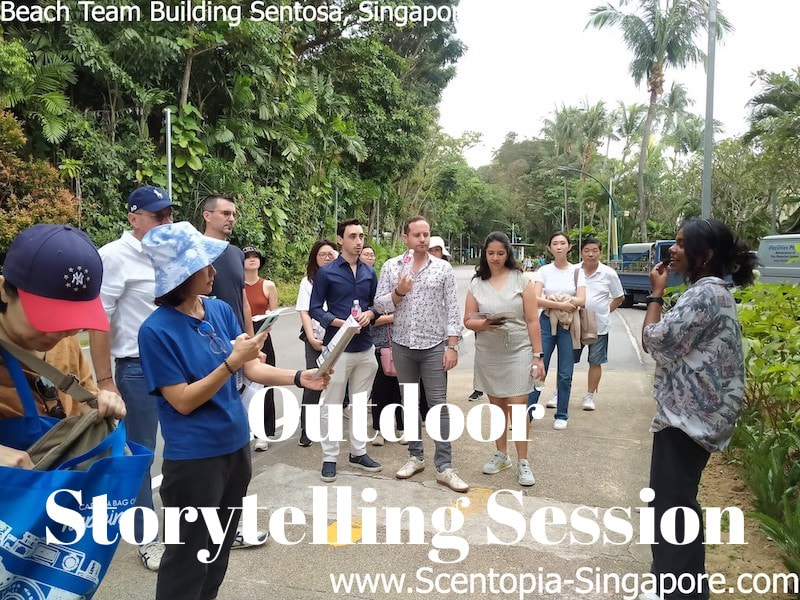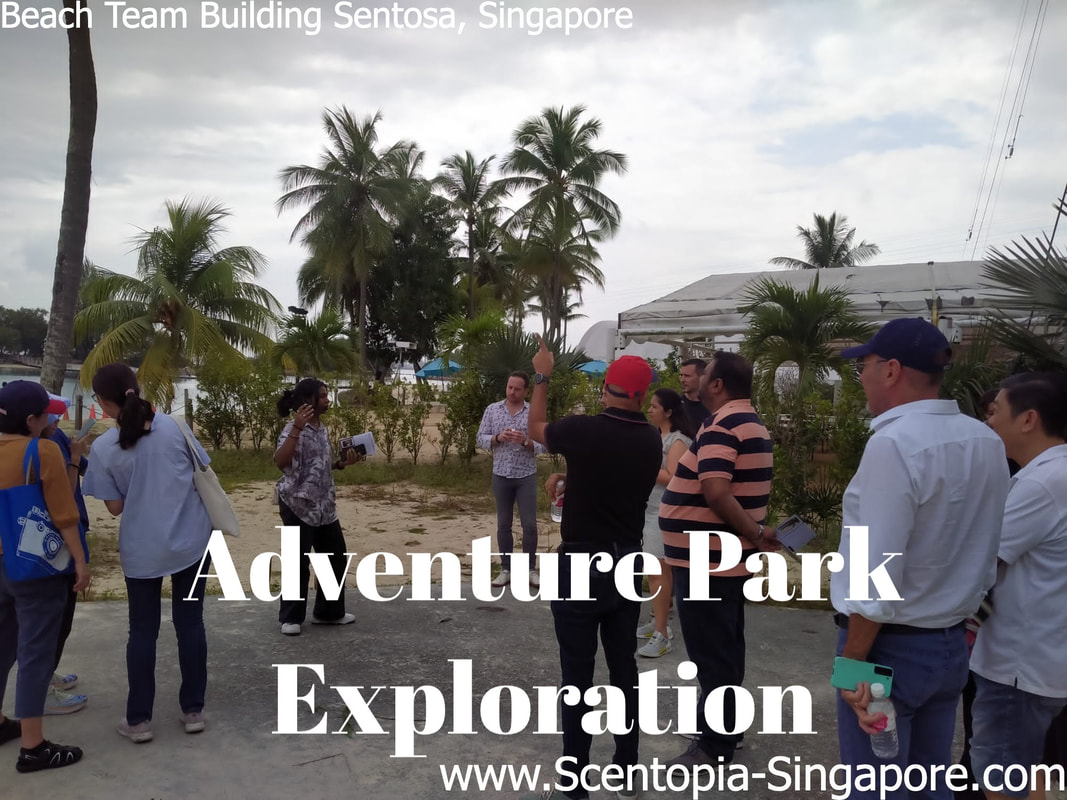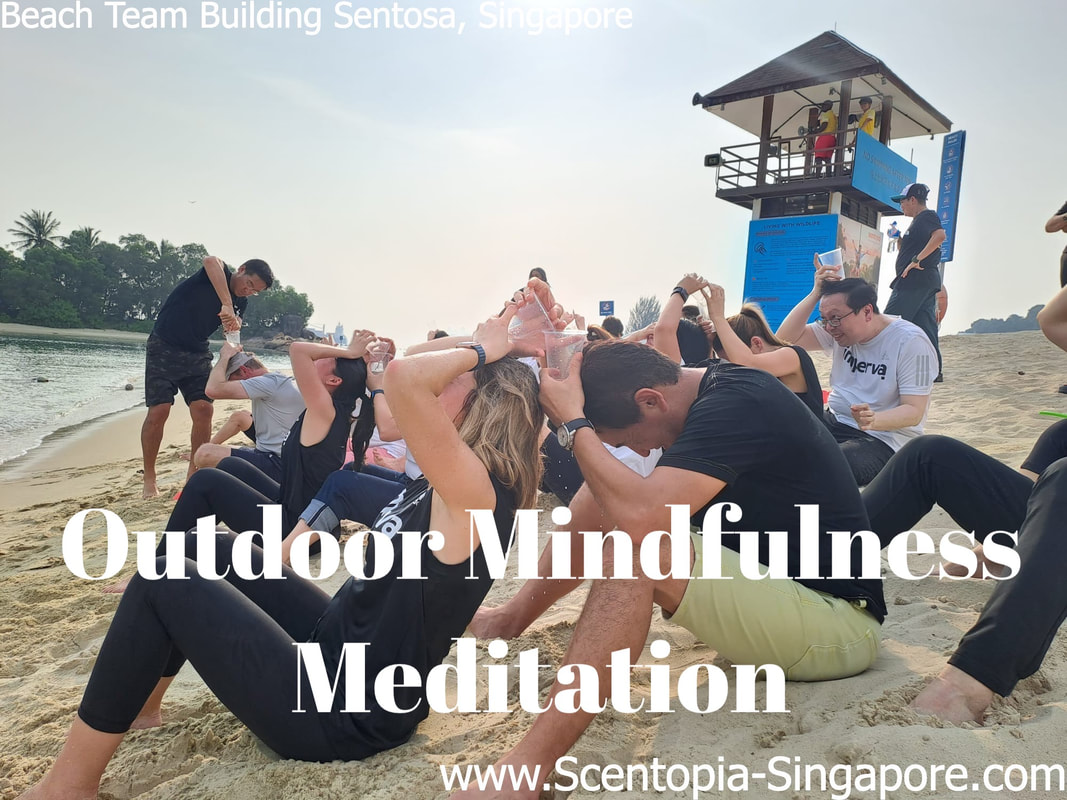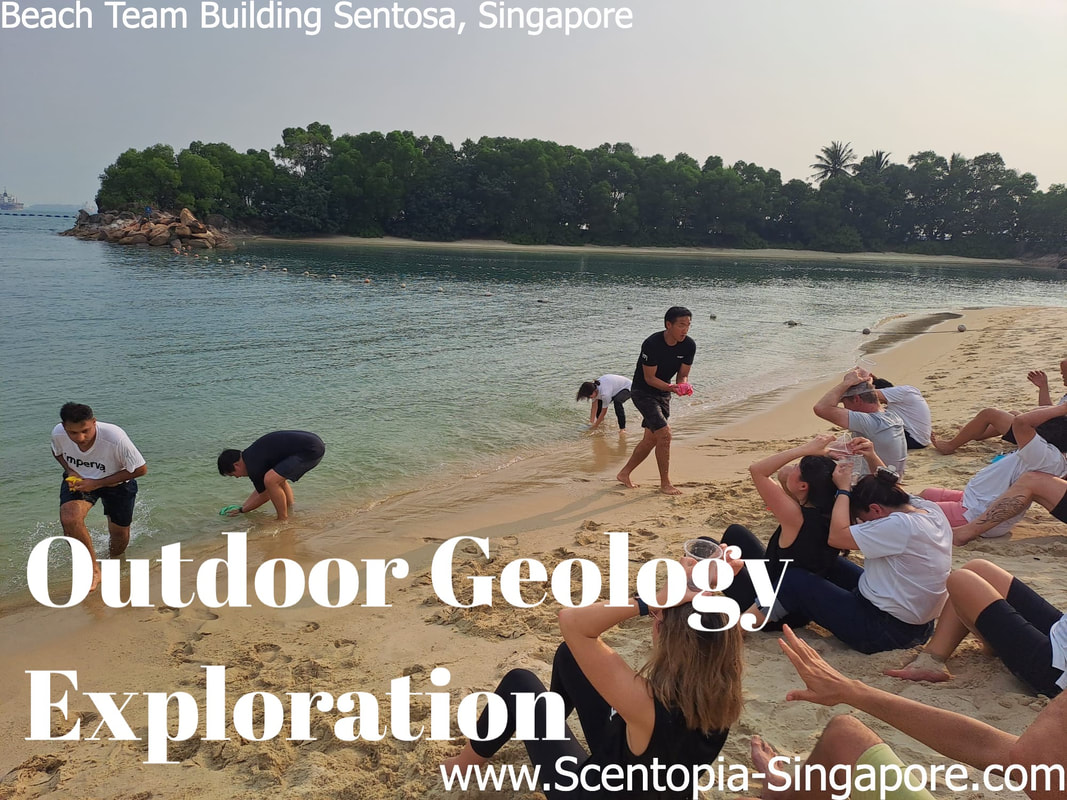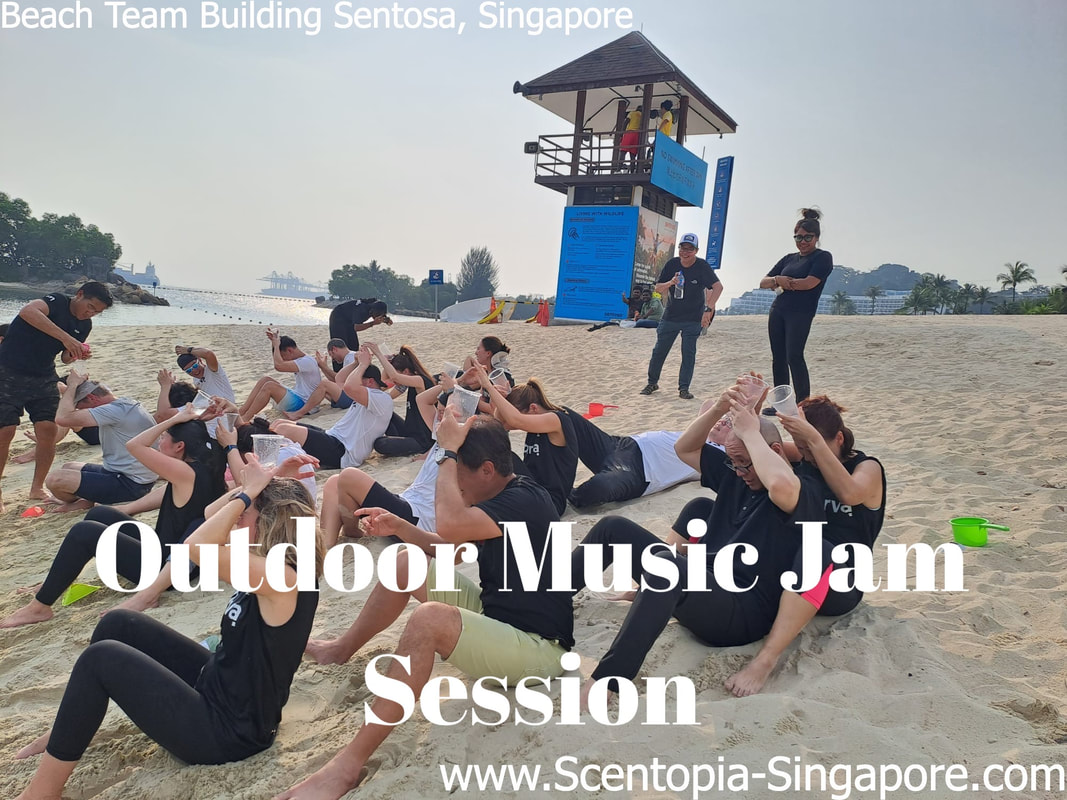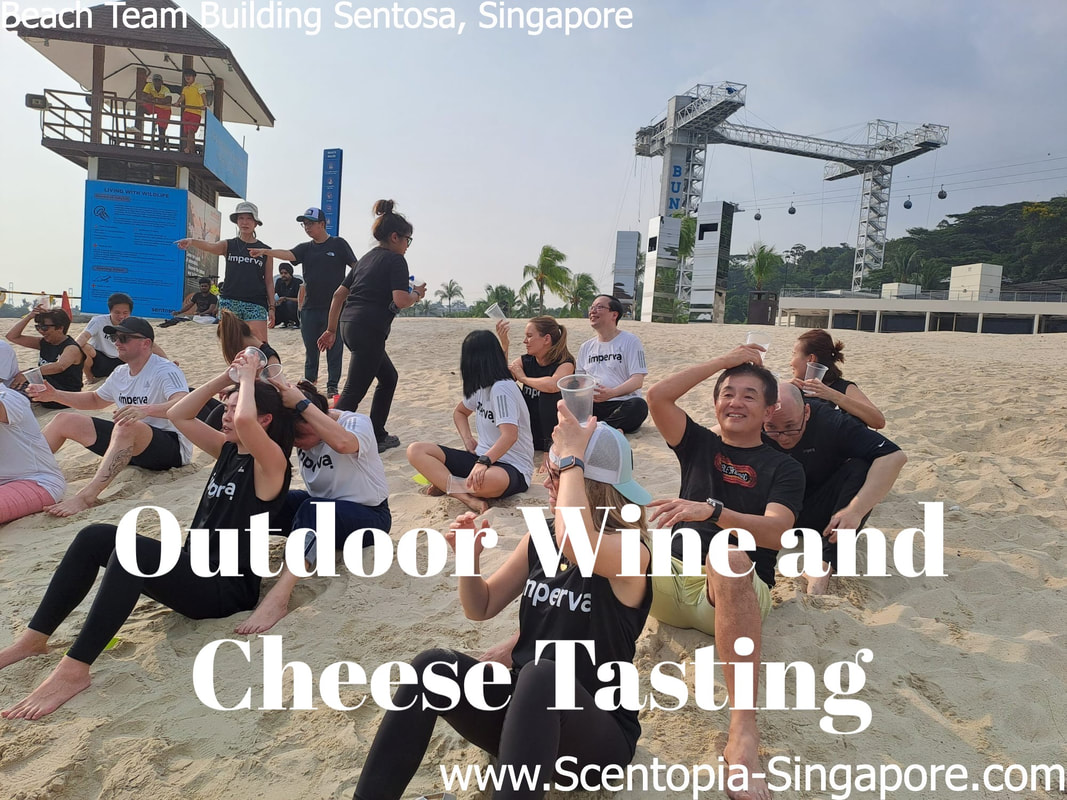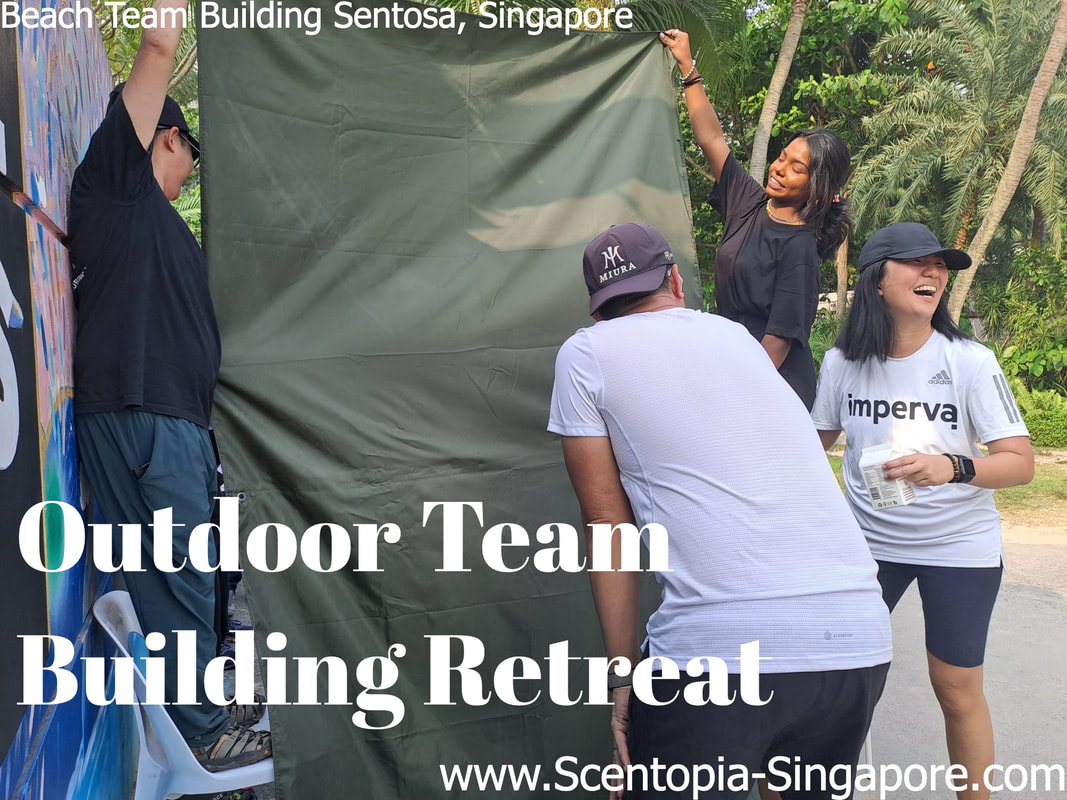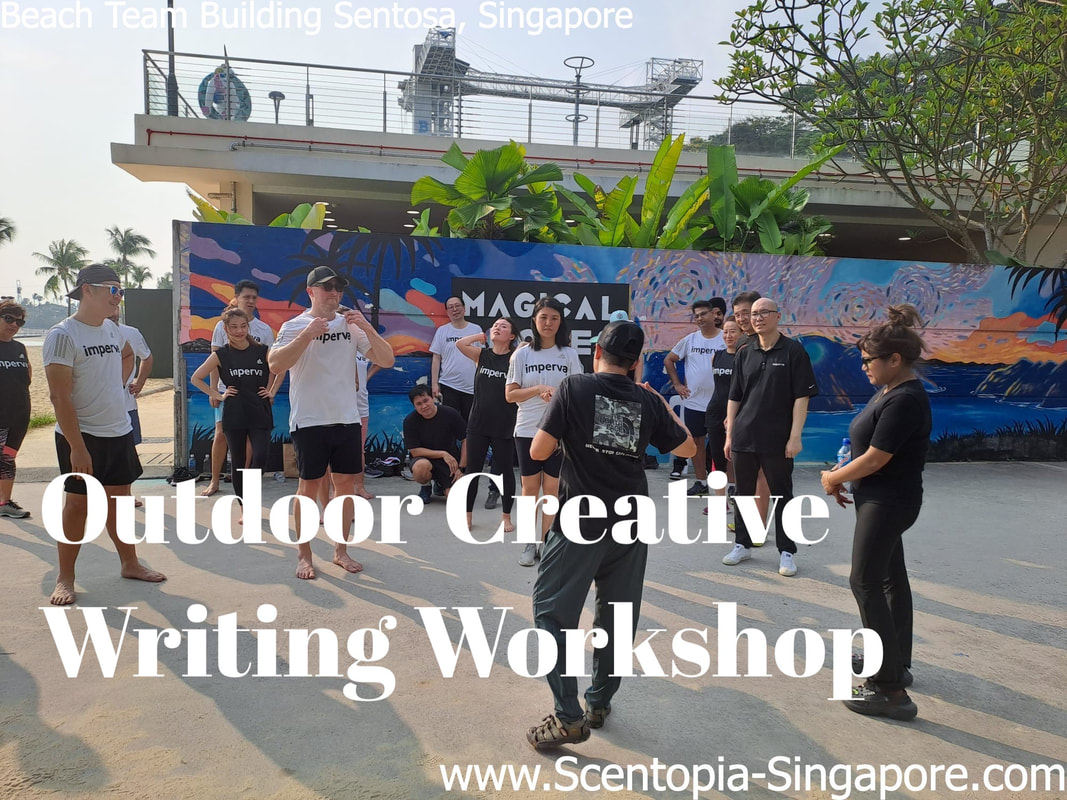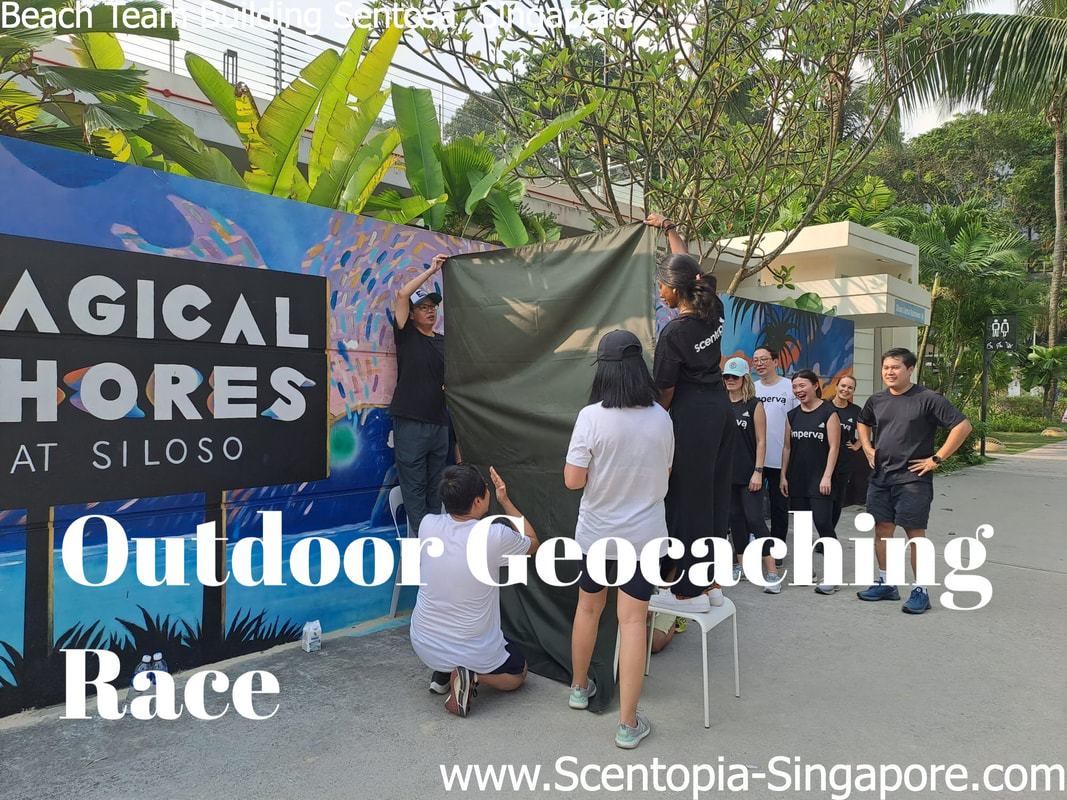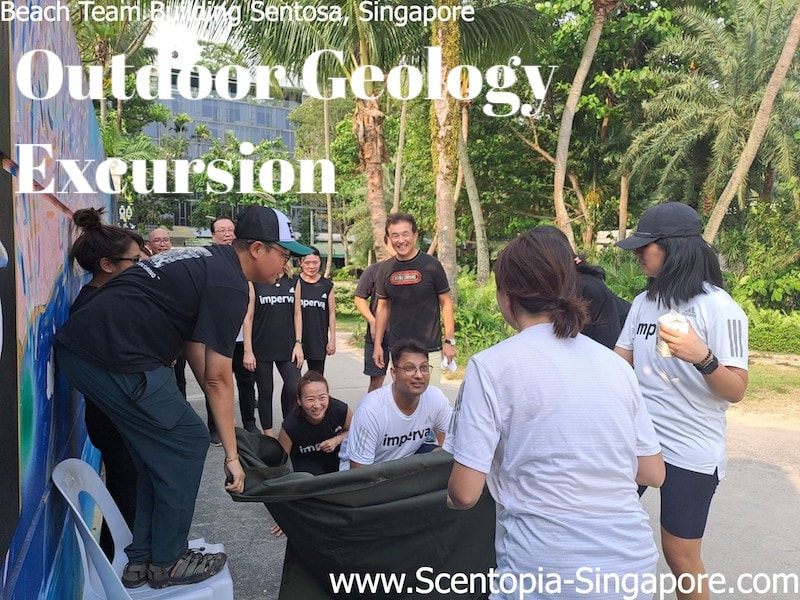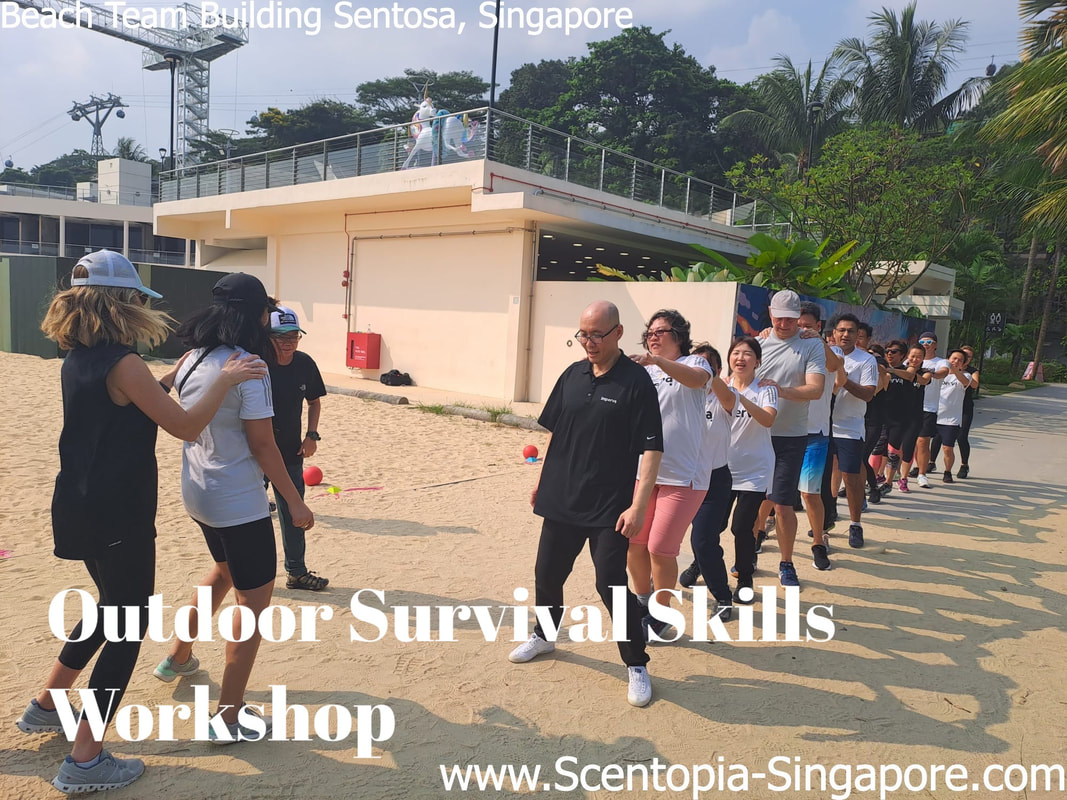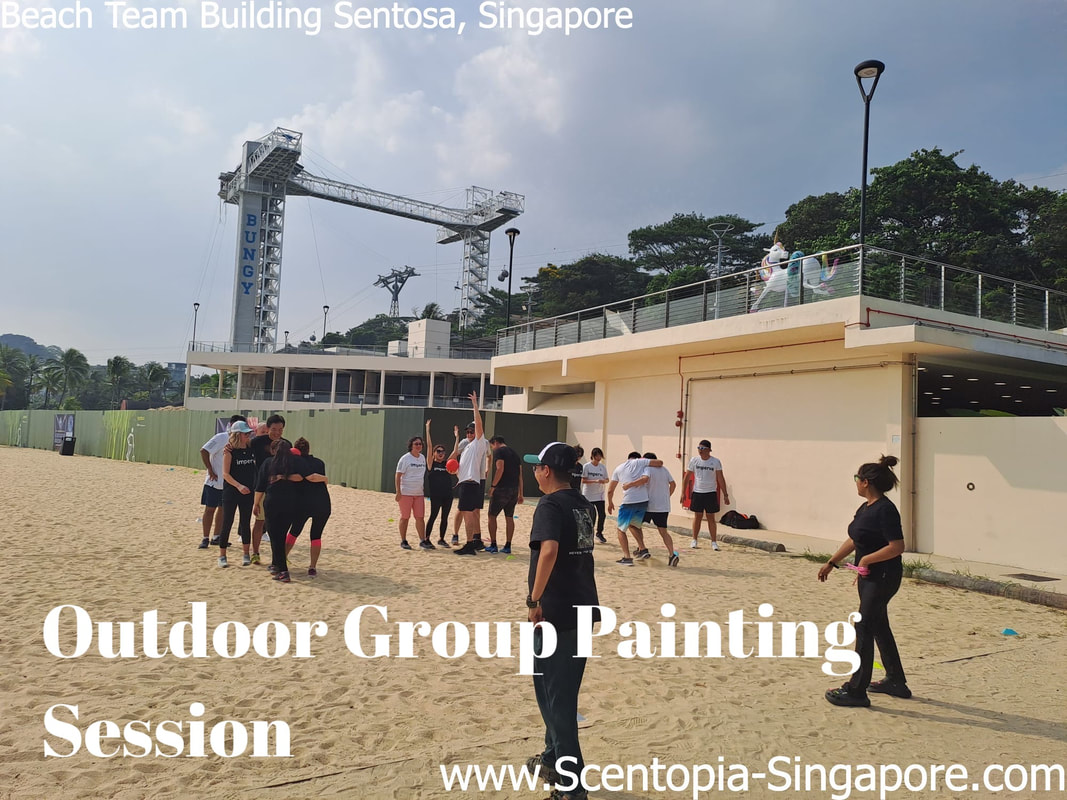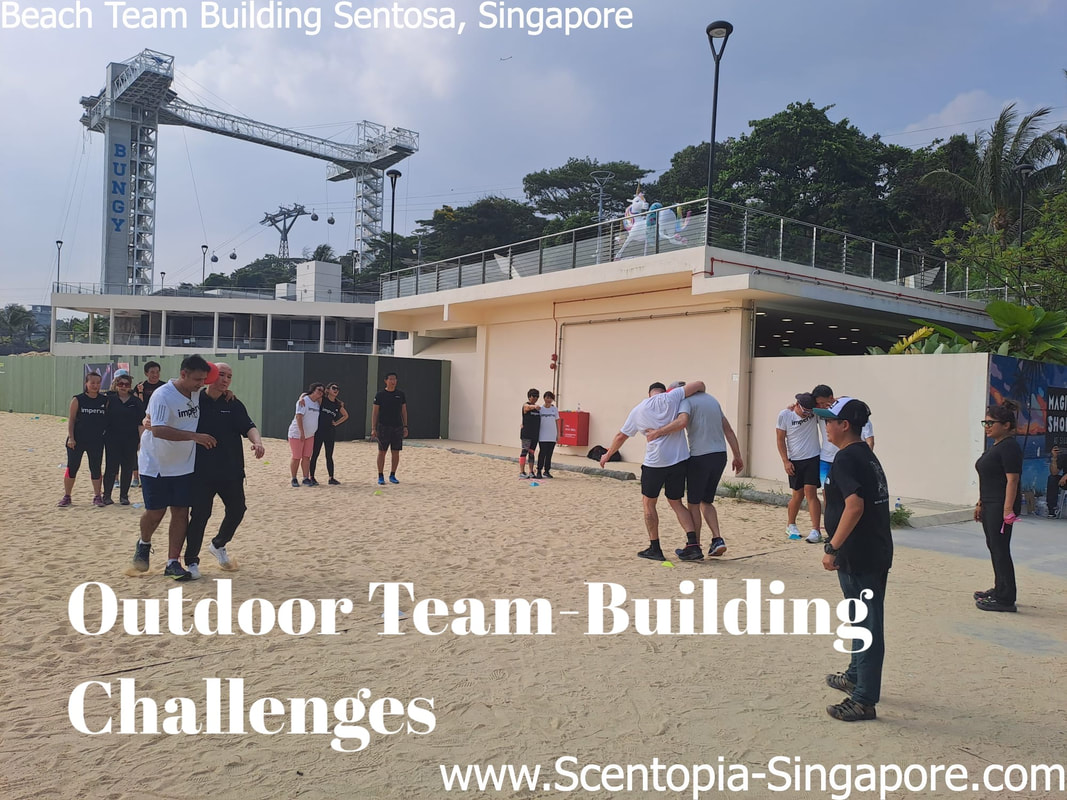Ultimate list of outdoor activities in Singapore 2023
17 April 2023
Team building activities are a great way to foster collaboration, improve communication, and strengthen relationships within a group. Here is a list of 101 outdoor team building activities in Singapore that can be enjoyed by teams:
- Amazing Race
- Beach Team Building
- Scavenger Hunt
- Obstacle Course Challenge
- Sports Tournaments (soccer, volleyball, basketball, etc.)
- Kayaking/Canoeing
- Raft Building
- Paintball
- Beach Olympics
- Archery
- Outdoor Laser Tag
- Ropes Course
- Hiking
- Camping
- Survival Skills Training
- Orienteering
- Geocaching
- Zip-lining
- Mountain Biking
- Rock Climbing
- Team Sailing
- Dragon Boat Racing
- Outdoor Yoga
- Stand-Up Paddleboarding
- Wilderness First Aid Training
- Tree Top Adventure
- Water Skiing
- Outdoor Cooking Class
- Horseback Riding
- Nature Photography Workshop
- Outdoor Fitness Bootcamp
- Hot Air Balloon Ride
- Outdoor Movie Night
- Outdoor Leadership Training
- Off-Road ATV Adventure
- Outdoor Meditation Session
- Outdoor Painting Workshop
- Synchronized Swimming Lesson
- Frisbee Golf
- Surfing Lesson
- Sailing Regatta
- Beach Clean-Up Volunteer Activity
- Outdoor Puzzle Games
- Outdoor Cooking Challenge
- Slacklining
- Wilderness Camping
- Paragliding
- Stand up Comedy
- Wilderness Survival Challenge
- Beach Volleyball
- Sandcastle Building Contest
- Outdoor Photography Contest
- Mountain Peak Challenge
- Outdoor Team Challenges
- High Ropes Challenge
- Adventure Race
- Outdoor Art Exhibition
- Beach Games (tug of war, beach soccer, etc.)
- Outdoor Concert or Music Festival
- Environmental Conservation Project
- Outdoor Dance Class
- Outdoor Trivia Game
- Wildlife Safari
- Outdoor Wine Tasting
- Rock Scrambling
- Outdoor Science Experiment
- Outdoor Journaling Workshop
- Yoga Retreat
- Outdoor Leadership Development Program
- Outdoor Theatre Performance
- Outdoor Chess Tournament
- Outdoor Field Day
- Outdoor Team-Building Games
- Outdoor Environmental Education Program
- Wilderness Canoe Trip
- Orienteering Race
- Outdoor Karaoke
- Outdoor Team Challenges
- Outdoor Cooking Competition
- Stand-Up Paddleboard Yoga
- Outdoor Art Therapy Workshop
- Outdoor Drum Circle
- Outdoor Problem-Solving Games
- Outdoor Storytelling Session
- Adventure Park Exploration
- Outdoor Mindfulness Meditation
- Outdoor Geology Exploration
- Outdoor Leadership Skills Workshop
- Outdoor Music Jam Session
- Outdoor Wine and Cheese Tasting
- Outdoor Team Building Retreat
- Outdoor Creative Writing Workshop
- Outdoor Geocaching Race
- Outdoor Geology Excursion
- Outdoor Survival Skills Workshop
- Outdoor Group Painting Session
- Outdoor Cooking Demonstration
- Outdoor Team-Building Challenges
